about > People
Filter by Name
Organisation
Arch_Manu Role
PhD Labs
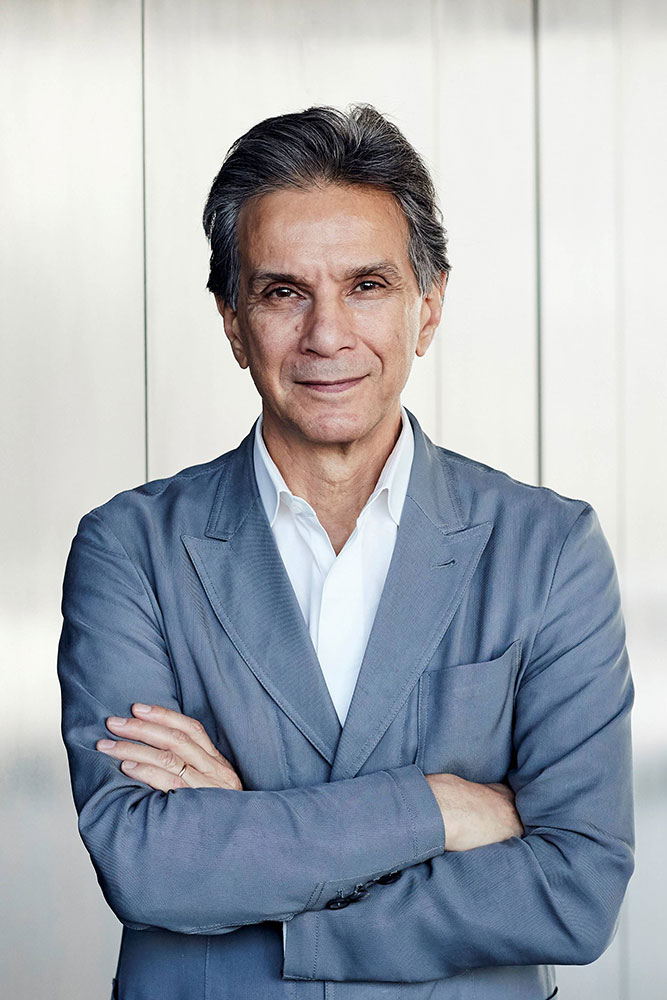
Alec Tzannes
Director, Tzannes
Arch_Manu Role: Partner Investigator
Alec Tzannes is the founding Director of Tzannes. He established the studio’s distinctive design philosophy, with its emphasis on intellectual rigour, collaboration, sustainability and a strong sense of ethics. He is central to the strategic direction of the practice, and responsible for all projects, ensuring consistency across all fields.
Design direction within the studio is shaped by Alec’s unwavering commitment to design excellence, and the importance he gives to the role of place centred design and the decarbonisation of the environment.
Alec, with his extensive experience and focus on future thinking, believes that architecture can, and should, make a strong contribution towards improving our environment and lives. He is passionate about research and mentoring – a thought leader, he contributes time, passion and his immense knowledge to the broader industry.
Links:
LinkedIn
Tzannes Profile
Director, Tzannes
Arch_Manu Role: Partner Investigator
Alec Tzannes is the founding Director of Tzannes. He established the studio’s distinctive design philosophy, with its emphasis on intellectual rigour, collaboration, sustainability and a strong sense of ethics. He is central to the strategic direction of the practice, and responsible for all projects, ensuring consistency across all fields.
Design direction within the studio is shaped by Alec’s unwavering commitment to design excellence, and the importance he gives to the role of place centred design and the decarbonisation of the environment.
Alec, with his extensive experience and focus on future thinking, believes that architecture can, and should, make a strong contribution towards improving our environment and lives. He is passionate about research and mentoring – a thought leader, he contributes time, passion and his immense knowledge to the broader industry.
Links:
Tzannes Profile
Tzannes

Alexander Jung
PhD Candidate, UNSW School of Built Environment
Synthesis Lab – Synthesis 5
Alexander Jung has more than 25 years of experience in architecture and design in theory and practice. He began as a bricklayer and concreter and further trained as a draftsman before he graduated with a diploma in architecture in 1998. Alex received a postgraduate diploma in Conceptual Design from The School of Fine Arts/Städelschule Frankfurt in 2001, and was awarded the prestigious Taut Prize (2001) and the Max 40 Prize (2011, German Architects Chamber). He taught as a lecturer and studio leader at various national and international universities, including UTS, the University of Sydney, Städelschule Frankfurt, and University of Applied Science Wiesbaden. As a registered architect (No 18656, Architects Chamber Hesse/Germany), Alex worked internationally in Italy, the Netherlands, Denmark, and Germany for large architecture companies. His architecture practice reinhardtjung delivers architectural praprojects on all scales, from residential projects (new and conversions)to large-scale public projects (hotel, stadium, museum) with a focus on construction documentation, site management and circular economy.
Links:
Profile
LinkedIn
PhD Candidate, UNSW School of Built Environment
Synthesis Lab – Synthesis 5
Alexander Jung has more than 25 years of experience in architecture and design in theory and practice. He began as a bricklayer and concreter and further trained as a draftsman before he graduated with a diploma in architecture in 1998. Alex received a postgraduate diploma in Conceptual Design from The School of Fine Arts/Städelschule Frankfurt in 2001, and was awarded the prestigious Taut Prize (2001) and the Max 40 Prize (2011, German Architects Chamber). He taught as a lecturer and studio leader at various national and international universities, including UTS, the University of Sydney, Städelschule Frankfurt, and University of Applied Science Wiesbaden. As a registered architect (No 18656, Architects Chamber Hesse/Germany), Alex worked internationally in Italy, the Netherlands, Denmark, and Germany for large architecture companies. His architecture practice reinhardtjung delivers architectural praprojects on all scales, from residential projects (new and conversions)to large-scale public projects (hotel, stadium, museum) with a focus on construction documentation, site management and circular economy.
Links:
Profile
UNSW School of Built Environment

Andrew Butler
Lead Computational Designer and Associate, COX
Arch_Manu Role: Partner Investigator
Andrew is an experienced architect who joined COX in 2011. His career at COX started as a student working on the Adelaide Oval Redevelopment.
Andrew has worked across a range of sectors including transport, planning and urban design, sport and convention. This includes projects across Australia and overseas.
Andrew specialises in digital design, specifically parametric design, complex geometry, geometric rationalization and structural resolution. Andrew is an integral member of COX’s Advanced Geometry Unit (COX AGU) – a national internal geometry research group. He leads internal research projects in optimising BIM workflows with Revit and improving design tools for stadia and urban planning.
Andrew has a strong connection with UniSA and UNSW, tutoring students and aiding in research and development.
Links:
LinkedIn
COX Profile
Lead Computational Designer and Associate, COX
Arch_Manu Role: Partner Investigator
Andrew is an experienced architect who joined COX in 2011. His career at COX started as a student working on the Adelaide Oval Redevelopment.
Andrew has worked across a range of sectors including transport, planning and urban design, sport and convention. This includes projects across Australia and overseas.
Andrew specialises in digital design, specifically parametric design, complex geometry, geometric rationalization and structural resolution. Andrew is an integral member of COX’s Advanced Geometry Unit (COX AGU) – a national internal geometry research group. He leads internal research projects in optimising BIM workflows with Revit and improving design tools for stadia and urban planning.
Andrew has a strong connection with UniSA and UNSW, tutoring students and aiding in research and development.
Links:
COX Profile
COX

Andy Watts
Director of Design Technology, Grimshaw
Arch_Manu Role: Partner Investigator
Andy is the Director of Design Technology at Grimshaw and leads the practice’s global Design Technology team, overseeing digital disciplines such as computational design, BIM, extended reality, urban computation, applications development and environmental performance.
As a qualified architect with a background in computational design, Andy has an interest in problem-solving, regardless of scale or platform. From low-key computational tinkering to digital transformation on a practice-scale, his passion lies in making the lives of architects and designers easier through the use of technology.
Andy is a proponent of open and equitable access to technology. Within Grimshaw he has sought to break down the silos between technologies, allowing for the cross-pollination of expertise to be available to any project within the practice. In the wider industry, Andy has continued to drive for an open approach to technology, through engagement in industry-wide research consortia such as the Construction Innovation Hub, participation in public events, and playing a role in groups driving for industry change such as the Open Letter Group.
Andy is also actively involved in academia, has taught at the Architectural Association and University of Westminster, and has also lectured and critiqued at the Pratt Institute, Melbourne University, Dundee University, RCA, UCL and others.
Links:
Company profile
LinkedIn
Director of Design Technology, Grimshaw
Arch_Manu Role: Partner Investigator
Andy is the Director of Design Technology at Grimshaw and leads the practice’s global Design Technology team, overseeing digital disciplines such as computational design, BIM, extended reality, urban computation, applications development and environmental performance.
As a qualified architect with a background in computational design, Andy has an interest in problem-solving, regardless of scale or platform. From low-key computational tinkering to digital transformation on a practice-scale, his passion lies in making the lives of architects and designers easier through the use of technology.
Andy is a proponent of open and equitable access to technology. Within Grimshaw he has sought to break down the silos between technologies, allowing for the cross-pollination of expertise to be available to any project within the practice. In the wider industry, Andy has continued to drive for an open approach to technology, through engagement in industry-wide research consortia such as the Construction Innovation Hub, participation in public events, and playing a role in groups driving for industry change such as the Open Letter Group.
Andy is also actively involved in academia, has taught at the Architectural Association and University of Westminster, and has also lectured and critiqued at the Pratt Institute, Melbourne University, Dundee University, RCA, UCL and others.
Links:
Company profile
Grimshaw

Angelina Pillai
Chief Executive Officer, Association of Consulting Architects
Arch_Manu Role: Partner Investigator
Angelina is one of this country’s proud migrants. Born in Malaysia to Indian parents, she attended primary school in the UK and later enjoyed university studies in Australia. Today she draws from her travels and lived experience to inform her professional and personal journeys. With a particular interest in human rights, she is driven by the quest for equality, equity and inclusion, and all these factors that ultimately play into mental wellbeing. Angelina is currently the CEO of the Association of Consulting Architects (ACA) and Head of Diversity, Culture and Inclusion for the Australian Council of Professions (ACoP). Angelina has always admired the wonders of architecture in shaping our communities, identities, values, beliefs and sense of belonging in the world. It is this respect and value for the profession that has motivated her to represent the interests of architectural practices through the ACA. BA (International Politics), University of Adelaide Grad Cert Innovation & Entrepreneurship, Harvard University FAIM
Links:
LinkedIn
Chief Executive Officer, Association of Consulting Architects
Arch_Manu Role: Partner Investigator
Angelina is one of this country’s proud migrants. Born in Malaysia to Indian parents, she attended primary school in the UK and later enjoyed university studies in Australia. Today she draws from her travels and lived experience to inform her professional and personal journeys. With a particular interest in human rights, she is driven by the quest for equality, equity and inclusion, and all these factors that ultimately play into mental wellbeing. Angelina is currently the CEO of the Association of Consulting Architects (ACA) and Head of Diversity, Culture and Inclusion for the Australian Council of Professions (ACoP). Angelina has always admired the wonders of architecture in shaping our communities, identities, values, beliefs and sense of belonging in the world. It is this respect and value for the profession that has motivated her to represent the interests of architectural practices through the ACA. BA (International Politics), University of Adelaide Grad Cert Innovation & Entrepreneurship, Harvard University FAIM
Links:
ACA
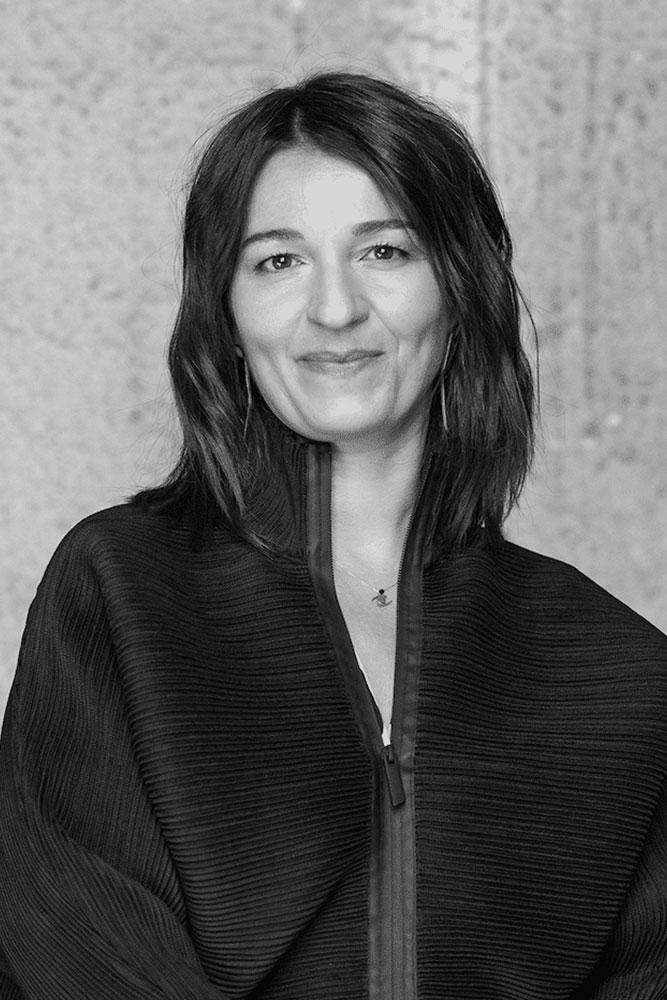
Areti Markopoulou
Academic Director, IAAC
Arch_Manu Role: Partner Investigator
Areti Markopoulou is a Greek architect, researcher and urban technologist working at the intersection between architecture and digital technologies. She is the Academic Director at IAAC in Barcelona, where she also leads the Advanced Architecture Group, a multidisciplinary research group exploring how design and science can positively impact and transform the present and future of our built spaces, the way we live and interact. Her research and practice focus on redefining the architecture of cities through an ecological and technological spectrum combining design with biotechnologies, new materials, digital fabrication and big data.
Areti is co-founder of the art/tech gallery StudioP52 and co-editor of Urban Next, a global network focused on rethinking architecture through the contemporary urban milieu. She is the project coordinator of a number of European Research funded Projects on topics including urban regeneration, circular design and construction and multidisciplinary educational models in the digital age.
Areti is the founder and is currently chairing the Responsive Cities International Symposium in Barcelona while she has served as Head Curator of international exhibitions such as Future Arena and On Site Robotics (Building Barcelona Construmat 2017-19), Print Matter (In3dustry 2016), HyperCity (Shenzhen Bi-city Biennale, 2015) and MyVeryOwnCity (World Bank, BR Barcelona, 2011). Her work has been featured in exhibitions worldwide and together with Lydia Kallipoliti she has been appointed the Head Curator for the Tallinn Architecture Biennale 2022.
Links:
LinkedIn
IAAC Profile
Academic Director, IAAC
Arch_Manu Role: Partner Investigator
Areti Markopoulou is a Greek architect, researcher and urban technologist working at the intersection between architecture and digital technologies. She is the Academic Director at IAAC in Barcelona, where she also leads the Advanced Architecture Group, a multidisciplinary research group exploring how design and science can positively impact and transform the present and future of our built spaces, the way we live and interact. Her research and practice focus on redefining the architecture of cities through an ecological and technological spectrum combining design with biotechnologies, new materials, digital fabrication and big data.
Areti is co-founder of the art/tech gallery StudioP52 and co-editor of Urban Next, a global network focused on rethinking architecture through the contemporary urban milieu. She is the project coordinator of a number of European Research funded Projects on topics including urban regeneration, circular design and construction and multidisciplinary educational models in the digital age.
Areti is the founder and is currently chairing the Responsive Cities International Symposium in Barcelona while she has served as Head Curator of international exhibitions such as Future Arena and On Site Robotics (Building Barcelona Construmat 2017-19), Print Matter (In3dustry 2016), HyperCity (Shenzhen Bi-city Biennale, 2015) and MyVeryOwnCity (World Bank, BR Barcelona, 2011). Her work has been featured in exhibitions worldwide and together with Lydia Kallipoliti she has been appointed the Head Curator for the Tallinn Architecture Biennale 2022.
Links:
IAAC Profile
Institute for Advanced Architecture of Catalonia

Blair Kuys
Professor and Dean of Swinburne School of Design and Architecture
Arch_Manu Role: Deputy Director and Chief Investigator
Professor Blair Kuys is currently the Associate Dean Research in the School of Design and Architecture at Swinburne University of Technology, Melbourne, Australia. He is an active researcher who is instrumental in embedding industrial design research, theories and practice in traditional manufacturing fields to sustain and grow productivity. He has been awarded over AU$8M of research income, has 22 products go to market, and won three consecutive Good Design Awards for his products with Atlite Skylights (2018, 2019 and 2020). He is also the recipient of seven Vice-Chancellor’s Awards which is the highest accolade at Swinburne University of Technology.
Links:
Swinburne profile
LinkedIn
Professor and Dean of Swinburne School of Design and Architecture
Arch_Manu Role: Deputy Director and Chief Investigator
Professor Blair Kuys is currently the Associate Dean Research in the School of Design and Architecture at Swinburne University of Technology, Melbourne, Australia. He is an active researcher who is instrumental in embedding industrial design research, theories and practice in traditional manufacturing fields to sustain and grow productivity. He has been awarded over AU$8M of research income, has 22 products go to market, and won three consecutive Good Design Awards for his products with Atlite Skylights (2018, 2019 and 2020). He is also the recipient of seven Vice-Chancellor’s Awards which is the highest accolade at Swinburne University of Technology.
Links:
Swinburne profile
Swinburne School of Design and Architecture
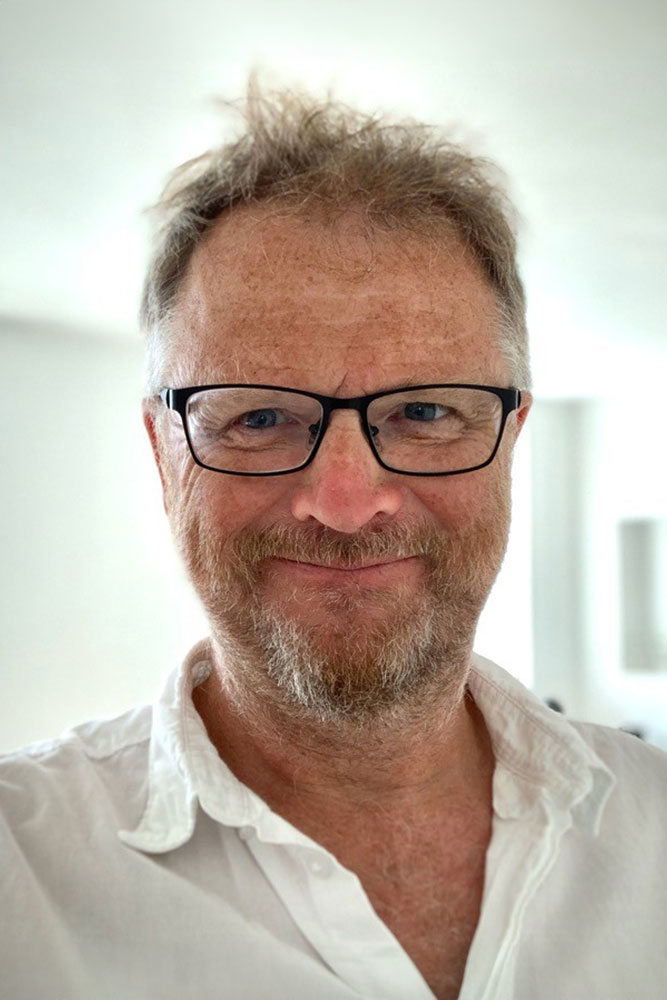
Bob Sheil
Professor of Architecture and Design through Production, University College London, The Bartlett
Arch_Manu Role: Partner Investigator
Bob Sheil is Professor in Architecture and Design through Production at The Bartlett School of Architecture UCL. He is an educator, critic, researcher, collaborator and practitioner who is fascinated by the exchange between design, making, craft, and technology in architecture. He is a Co-Founder of the highly acclaimed international triennial conference and associated publication ‘FABRICATE’, launched in London in 2011, then hosted at ETH Zurich (2014), ICD Stuttgart (2017) and online by Cornell and Swinbourne Universities (2020). FABRICATE was an early adopter of open access at UCL Press and together the four-volume series has generated more than 290,000 downloads across more than 180 countries. He is the author of multiple book chapters, refereed papers, and articles on design, making, technology, and architectural education. He has co-designed and built several significant artefacts/built works and been internationally exhibited on multiple occasions. He has edited nine books, including three issues of Architectural Design; ‘Design through Making’ (2005), ‘Protoarchitecture’ (2008), ‘High Definition’ (2014), an AD Reader ‘Manufacturing the Bespoke’ published in 2012, ‘55/02: A sixteen*(makers) Monograph’ (also 2012) and ‘Design Transactions: Rethinking Information Modelling for a New Material Age’ (UCL Press 2020, Ed). He co-founded sixteen*(makers) in 1994, whose work in collaboration with Stahlbogen GmbH ‘55/02’ won a RIBA award for design in 2010. Other collaborative projects involve collaboration with the Royal Central School of Speech and Drama, SHUNT, ScanLAB projects, and Thomas Pearce.
Links:
LinkedIn
UCL Profile
Professor of Architecture and Design through Production, University College London, The Bartlett
Arch_Manu Role: Partner Investigator
Bob Sheil is Professor in Architecture and Design through Production at The Bartlett School of Architecture UCL. He is an educator, critic, researcher, collaborator and practitioner who is fascinated by the exchange between design, making, craft, and technology in architecture. He is a Co-Founder of the highly acclaimed international triennial conference and associated publication ‘FABRICATE’, launched in London in 2011, then hosted at ETH Zurich (2014), ICD Stuttgart (2017) and online by Cornell and Swinbourne Universities (2020). FABRICATE was an early adopter of open access at UCL Press and together the four-volume series has generated more than 290,000 downloads across more than 180 countries. He is the author of multiple book chapters, refereed papers, and articles on design, making, technology, and architectural education. He has co-designed and built several significant artefacts/built works and been internationally exhibited on multiple occasions. He has edited nine books, including three issues of Architectural Design; ‘Design through Making’ (2005), ‘Protoarchitecture’ (2008), ‘High Definition’ (2014), an AD Reader ‘Manufacturing the Bespoke’ published in 2012, ‘55/02: A sixteen*(makers) Monograph’ (also 2012) and ‘Design Transactions: Rethinking Information Modelling for a New Material Age’ (UCL Press 2020, Ed). He co-founded sixteen*(makers) in 1994, whose work in collaboration with Stahlbogen GmbH ‘55/02’ won a RIBA award for design in 2010. Other collaborative projects involve collaboration with the Royal Central School of Speech and Drama, SHUNT, ScanLAB projects, and Thomas Pearce.
Links:
UCL Profile
University College London, The Bartlett

Cameron Bruhn
Chief Executive Officer, Australian Institute of Architects
Arch_Manu Role: Partner Investigator
Cameron Bruhn is the Dean and Head of School – School of Architecture, The University of Queensland. He is a writer, editor, curator and advocate for architecture, landscape architecture and interior design.
From 2009 – 2018 Cameron was the editorial director of Architecture Media, Australia’s leading cross-platform publisher and events organiser for the built environment community. Cameron holds a Bachelor of Architecture from the University of Queensland and a practice-based PhD from RMIT University.
He is the editorial director of Multitudes, a monograph celebrating multidisciplinary international design practice Hassell, and co-editor of The Forever House, The Terrace House and the Apartment House, published by Thames and Hudson. Cameron was a co-creative director of This Public Life, the 2015 Australian Festival of Landscape Architecture and How Soon is Now, the 2016 Australian National Architecture conference. In 2016 he initiated the Asia Pacific Architecture Forum in Brisbane, an annual program that delivers citywide events and activities to a public and professional audience.
Cameron has written more than fifty introductions, reviews and interviews and has been a peer juror, sessional teacher, exhibition curator and guest speaker in Australia and internationally.
Links:
LinkedIn
Chief Executive Officer, Australian Institute of Architects
Arch_Manu Role: Partner Investigator
Cameron Bruhn is the Dean and Head of School – School of Architecture, The University of Queensland. He is a writer, editor, curator and advocate for architecture, landscape architecture and interior design.
From 2009 – 2018 Cameron was the editorial director of Architecture Media, Australia’s leading cross-platform publisher and events organiser for the built environment community. Cameron holds a Bachelor of Architecture from the University of Queensland and a practice-based PhD from RMIT University.
He is the editorial director of Multitudes, a monograph celebrating multidisciplinary international design practice Hassell, and co-editor of The Forever House, The Terrace House and the Apartment House, published by Thames and Hudson. Cameron was a co-creative director of This Public Life, the 2015 Australian Festival of Landscape Architecture and How Soon is Now, the 2016 Australian National Architecture conference. In 2016 he initiated the Asia Pacific Architecture Forum in Brisbane, an annual program that delivers citywide events and activities to a public and professional audience.
Cameron has written more than fifty introductions, reviews and interviews and has been a peer juror, sessional teacher, exhibition curator and guest speaker in Australia and internationally.
Links:
AIA
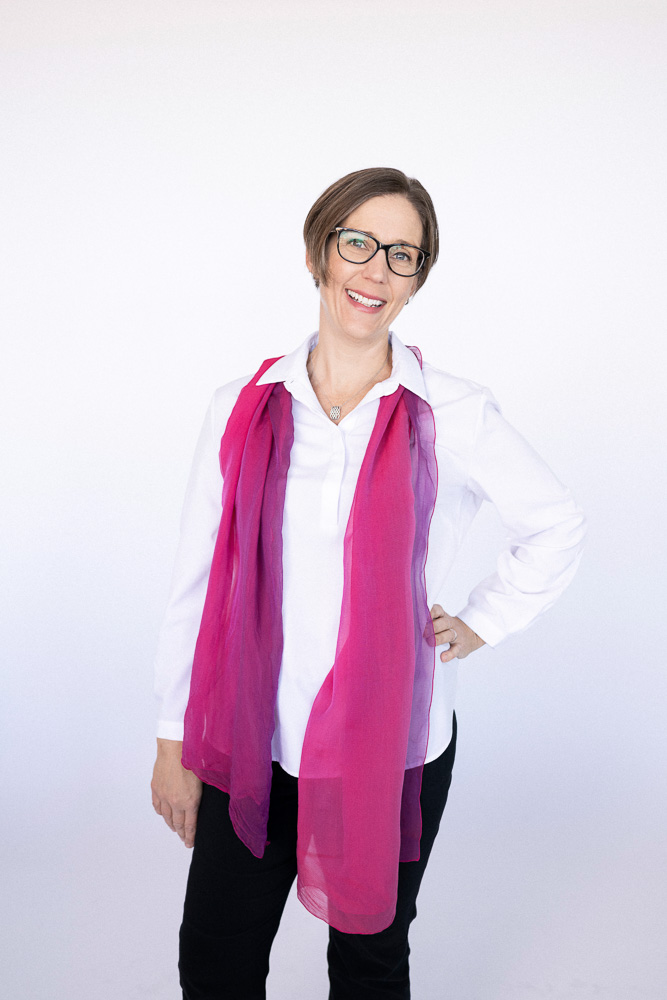
Catherine Collins
Associate Professor, UNSW School of Governance and Management
Arch_Manu Role: Chief Investigator
Catherine researches how to develop and sustain team effectiveness. She examines how these changes are created from individuals’ proactivity, team processes, work design, organisational structures and systems. Her recent work focuses on how organisational ambidexterity – balancing the tension of coordination across business units for efficiency alongside front line flexibility for innovation and engagement – is critical for teams to thrive in the digital era. Other research interests include seeking to understand why managers do (or don’t!) use research findings (i.e., evidence-based management) as well as how to help organisations be more sustainable. Her applied research in organisations has attracted more than $1M of research funding and is published in top tier journals.
Links:
UNSW profile
LinkedIn
Associate Professor, UNSW School of Governance and Management
Arch_Manu Role: Chief Investigator
Catherine researches how to develop and sustain team effectiveness. She examines how these changes are created from individuals’ proactivity, team processes, work design, organisational structures and systems. Her recent work focuses on how organisational ambidexterity – balancing the tension of coordination across business units for efficiency alongside front line flexibility for innovation and engagement – is critical for teams to thrive in the digital era. Other research interests include seeking to understand why managers do (or don’t!) use research findings (i.e., evidence-based management) as well as how to help organisations be more sustainable. Her applied research in organisations has attracted more than $1M of research funding and is published in top tier journals.
Links:
UNSW profile
UNSW School of Governance and Management
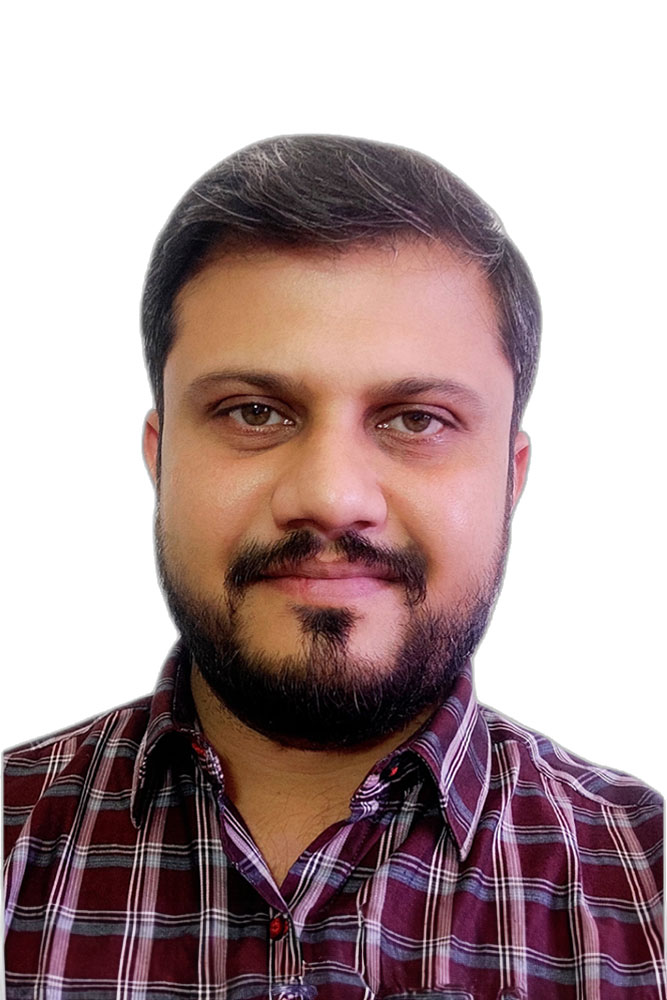
Chirag Gujurati
PhD Candidate, UNSW School of Management and Governance
Management Lab – Management 4
Chirag is a seasoned educational professional and innovation advocate. He has worked with various higher education institutions and universities in his career across Europe and India. His previous roles include Director of Learning Content, Dean of Innovation and Founder of an eLearning venture including others. He has spent considerable amount of time teaching and conducting seminars, training and consulting assignments in the areas of design thinking, innovation, lean-startup and entrepreneurship. He is passionate about sustainable innovation and agile product development. A Bachelors in Business coupled with MSc in International Business, Design Thinking and Agile Coaching certifications, he brings a diverse skill set in strategic planning, learning design, product management and innovation.
Fun Fact: An interesting facet of Chirag’s personality is his fondness for reading Indian mythology, incorporating its principles into his work as an educator and researcher. He is a cricket enthusiast and spends time playing cricket with his son during weekends.
Links:
Profile
LinkedIn
PhD Candidate, UNSW School of Management and Governance
Management Lab – Management 4
Chirag is a seasoned educational professional and innovation advocate. He has worked with various higher education institutions and universities in his career across Europe and India. His previous roles include Director of Learning Content, Dean of Innovation and Founder of an eLearning venture including others. He has spent considerable amount of time teaching and conducting seminars, training and consulting assignments in the areas of design thinking, innovation, lean-startup and entrepreneurship. He is passionate about sustainable innovation and agile product development. A Bachelors in Business coupled with MSc in International Business, Design Thinking and Agile Coaching certifications, he brings a diverse skill set in strategic planning, learning design, product management and innovation.
Fun Fact: An interesting facet of Chirag’s personality is his fondness for reading Indian mythology, incorporating its principles into his work as an educator and researcher. He is a cricket enthusiast and spends time playing cricket with his son during weekends.
Links:
Profile
UNSW School of Management and Governance
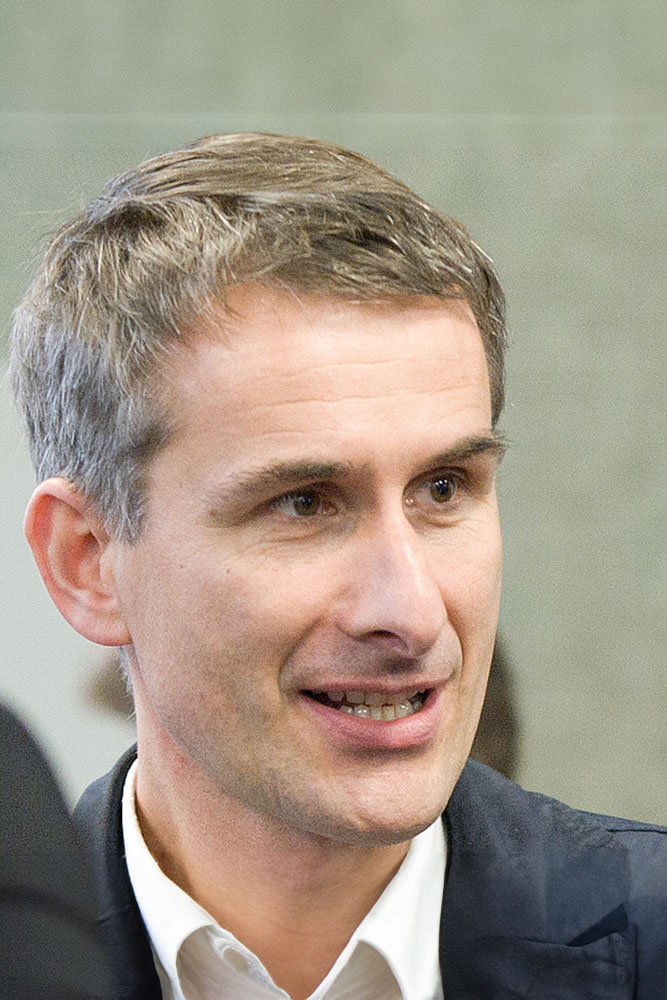
Christoph Gengnagel
Partner, Bollinger Grohmann
Arch_Manu Role: Partner Investigator
Christoph Gengnagel is professor for structural design and engineering at the School of Architecture at the Berlin University of the Arts. He studied structural engineering and architecture at the Bauhaus University Weimar and the Technical University Munich, where he earned his PhD in 2005. He is co-founder and director of the Hybrid Plattform – a transdisciplinary research unit between the UdK Berlin and the Technische Universität Berlin. In 2013, he has been awarded the Velux Visiting Professorship at CITA, Royal Academy of Fine Arts in Copenhagen. His principal areas of research focus on physical and digital prototyping of new structural- and material systems, new concepts for computational design and simulation techniques and on the potential of transdisciplinary research methods. Christoph Gengnagel has more than 25 years of professional experience as structural engineer and was co-founder and partner of a.k.a.ingenieure. In 2013, he became partner at Bollinger + Grohmann Ingenieure.
Links:
LinkedIn
Universität der Künste Berlin
Partner, Bollinger Grohmann
Arch_Manu Role: Partner Investigator
Christoph Gengnagel is professor for structural design and engineering at the School of Architecture at the Berlin University of the Arts. He studied structural engineering and architecture at the Bauhaus University Weimar and the Technical University Munich, where he earned his PhD in 2005. He is co-founder and director of the Hybrid Plattform – a transdisciplinary research unit between the UdK Berlin and the Technische Universität Berlin. In 2013, he has been awarded the Velux Visiting Professorship at CITA, Royal Academy of Fine Arts in Copenhagen. His principal areas of research focus on physical and digital prototyping of new structural- and material systems, new concepts for computational design and simulation techniques and on the potential of transdisciplinary research methods. Christoph Gengnagel has more than 25 years of professional experience as structural engineer and was co-founder and partner of a.k.a.ingenieure. In 2013, he became partner at Bollinger + Grohmann Ingenieure.
Links:
Universität der Künste Berlin
Bollinger Grohmann
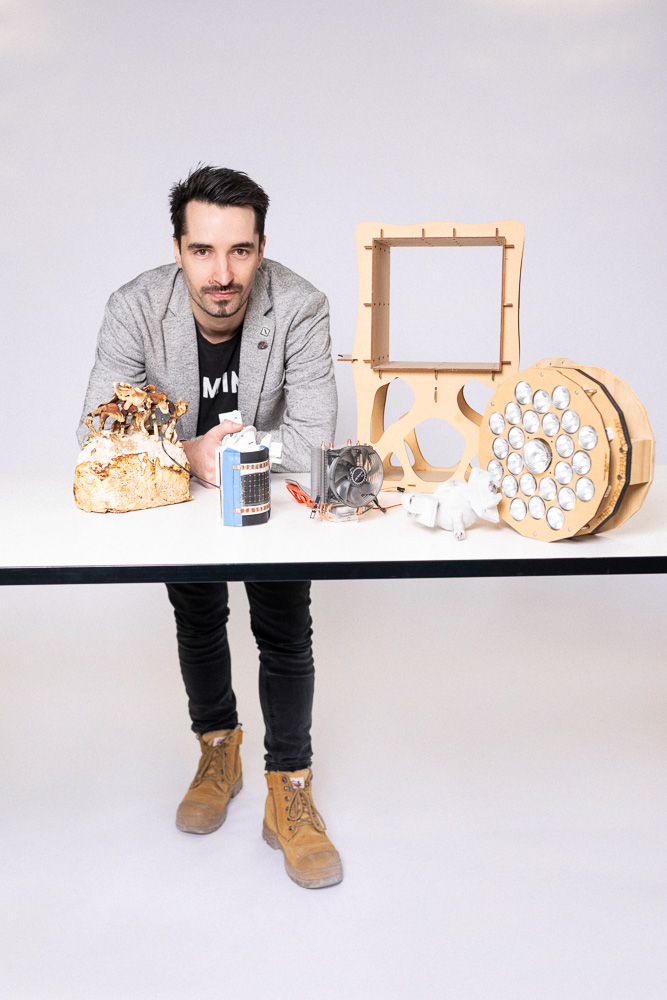
Daniel Prohasky
Lecturer, Swinburne School of Design and Architecture
Arch_Manu Role: Chief Investigator
Daniel Prohasky is an architectural engineer and roboticist passionate about translating research towards accelerating the scaled adoption of exciting, resourceful and low-carbon architecture.
Daniel pursues the multidisciplinary integration of knowledge and systems of design with a focus on the development of novel elegant robotic systems to build exciting cities of the future. Daniel has worked as a research engineer with two of the most innovative engineering firms in the world, Arup and Aurecon. Where he encouraged and implemented new ways of tackling engineering problems using the latest in computational tools and innovative thinking.
Daniel is passionate about building resourceful and elegant architecture. He believes that, as engineers and architects, one of the most important challenges of our time is the need to reduce waste and atmospheric carbon emissions – yesterday. He’ll help you develop the abilities to create, not only environmentally sustainable architecture, but also, beautiful buildings that people love and are excited to dwell within!
He is devoted to invigorating your innovative thinking. Leading by example, he has created Curvecrete, a new advanced manufacturing and architectural engineering practice tackling these challenges. So, you can have the chance to tap in to first-hand experiences with the construction industry and real-world low-carbon construction projects.
Links:
Swinburne profile
LinkedIn
Lecturer, Swinburne School of Design and Architecture
Arch_Manu Role: Chief Investigator
Daniel Prohasky is an architectural engineer and roboticist passionate about translating research towards accelerating the scaled adoption of exciting, resourceful and low-carbon architecture.
Daniel pursues the multidisciplinary integration of knowledge and systems of design with a focus on the development of novel elegant robotic systems to build exciting cities of the future. Daniel has worked as a research engineer with two of the most innovative engineering firms in the world, Arup and Aurecon. Where he encouraged and implemented new ways of tackling engineering problems using the latest in computational tools and innovative thinking.
Daniel is passionate about building resourceful and elegant architecture. He believes that, as engineers and architects, one of the most important challenges of our time is the need to reduce waste and atmospheric carbon emissions – yesterday. He’ll help you develop the abilities to create, not only environmentally sustainable architecture, but also, beautiful buildings that people love and are excited to dwell within!
He is devoted to invigorating your innovative thinking. Leading by example, he has created Curvecrete, a new advanced manufacturing and architectural engineering practice tackling these challenges. So, you can have the chance to tap in to first-hand experiences with the construction industry and real-world low-carbon construction projects.
Links:
Swinburne profile
Swinburne School of Design and Architecture
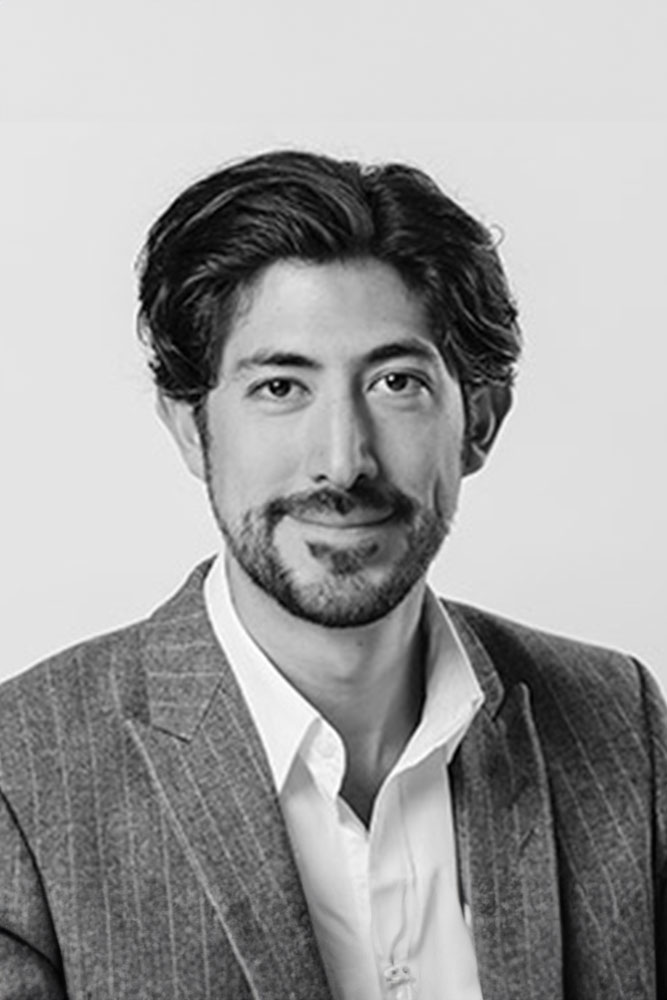
Erik Escalante
Associate Principal, Grimshaw
Arch_Manu Role: Partner Investigator
Erik joined the Grimshaw Sydney studio in 2010 where he has worked on large scale projects across a multitude of sectors in Australia and internationally. He has been an instrumental member of the design team for seminal projects, including the recently completed Arthur Phillip High School and Parramatta Public School (APHS+PPS) as a project architect from design to its completion.
Links:
LinkedIn
Associate Principal, Grimshaw
Arch_Manu Role: Partner Investigator
Erik joined the Grimshaw Sydney studio in 2010 where he has worked on large scale projects across a multitude of sectors in Australia and internationally. He has been an instrumental member of the design team for seminal projects, including the recently completed Arthur Phillip High School and Parramatta Public School (APHS+PPS) as a project architect from design to its completion.
Links:
Grimshaw
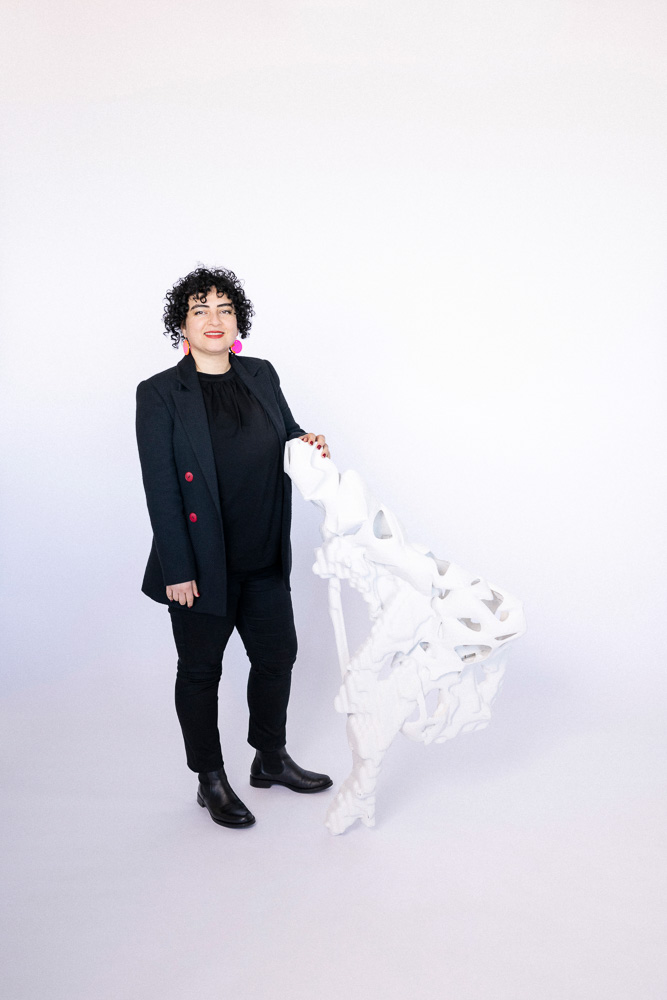
Farnaz Fattahi
PhD Candidate, UNSW School of Built Environment
Arch_Manu Role: Executive Assistant
Links:
LinkedIn
PhD Candidate, UNSW School of Built Environment
Arch_Manu Role: Executive Assistant
Links:
UNSW School of Built Environment
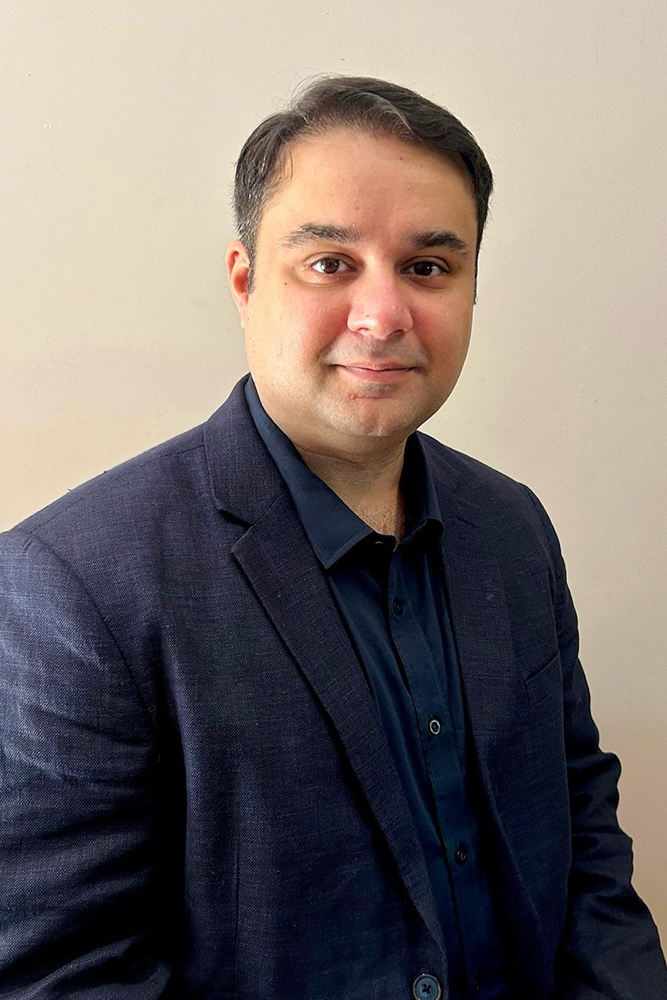
Farrukh Ismail Memon
PhD Candidate, Swinburne School of Design and Architecture
Synthesis Lab – Synthesis 4
Farrukh graduated with a Degree in Architecture and Planning and became a licensed Architect in Pakistan in 2010 (Credential ID: A03371), initially working as a Graduate Architect before Immigrating to Australia in December 2012. Farrukh joined a multinational building products manufacturer to develop BIM workflows & content & later taking over multiple roles as BIM & IT Co-ordinator for the Australian branch of the business. He joined a BIM consultancy in 2022, focusing on automation combining Autodesk and Microsoft software workflows and inhouse application development. In his most recent role, Farrukh is IT Manager for Genton an award-winning architecture practice and is also BIM Co-ordinator for Powerhouse Parramatta designed by Moreau Kusunoki and Genton. Farrukh’s research will focus on the topic ” Using Microsoft Azure & Autodesk Platform Services for High LOD BIM Model Workflows – with proposed Server Hardware / Network solutions” supervised by Dr. Mehrnoush Latifi Khorasgani and Dr. Pantea Alambeigi at Swinburne.
Fun Fact: Farrukh’s other interests include building custom PCs, photography and building freshwater Aquariums.
Links:
Profile
LinkedIn
PhD Candidate, Swinburne School of Design and Architecture
Synthesis Lab – Synthesis 4
Farrukh graduated with a Degree in Architecture and Planning and became a licensed Architect in Pakistan in 2010 (Credential ID: A03371), initially working as a Graduate Architect before Immigrating to Australia in December 2012. Farrukh joined a multinational building products manufacturer to develop BIM workflows & content & later taking over multiple roles as BIM & IT Co-ordinator for the Australian branch of the business. He joined a BIM consultancy in 2022, focusing on automation combining Autodesk and Microsoft software workflows and inhouse application development. In his most recent role, Farrukh is IT Manager for Genton an award-winning architecture practice and is also BIM Co-ordinator for Powerhouse Parramatta designed by Moreau Kusunoki and Genton. Farrukh’s research will focus on the topic ” Using Microsoft Azure & Autodesk Platform Services for High LOD BIM Model Workflows – with proposed Server Hardware / Network solutions” supervised by Dr. Mehrnoush Latifi Khorasgani and Dr. Pantea Alambeigi at Swinburne.
Fun Fact: Farrukh’s other interests include building custom PCs, photography and building freshwater Aquariums.
Links:
Profile
Swinburne School of Design and Architecture
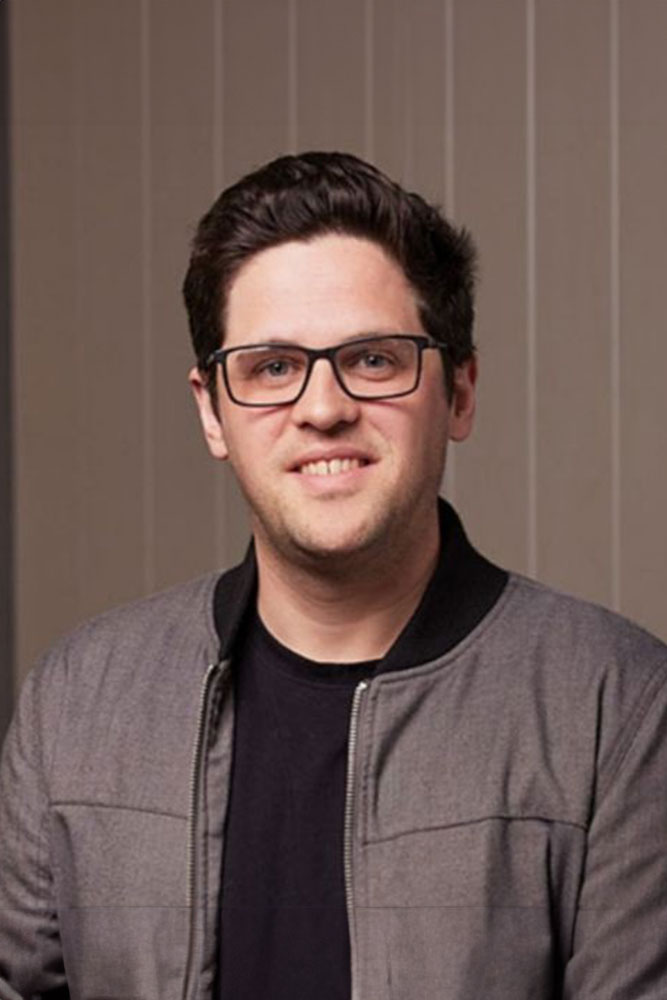
Gavin Crump
Computational Lead and Associate, Architectus
Arch_Manu Role: Partner Investigator
Links:
LinkedIn
Computational Lead and Associate, Architectus
Arch_Manu Role: Partner Investigator
Links:
Architectus
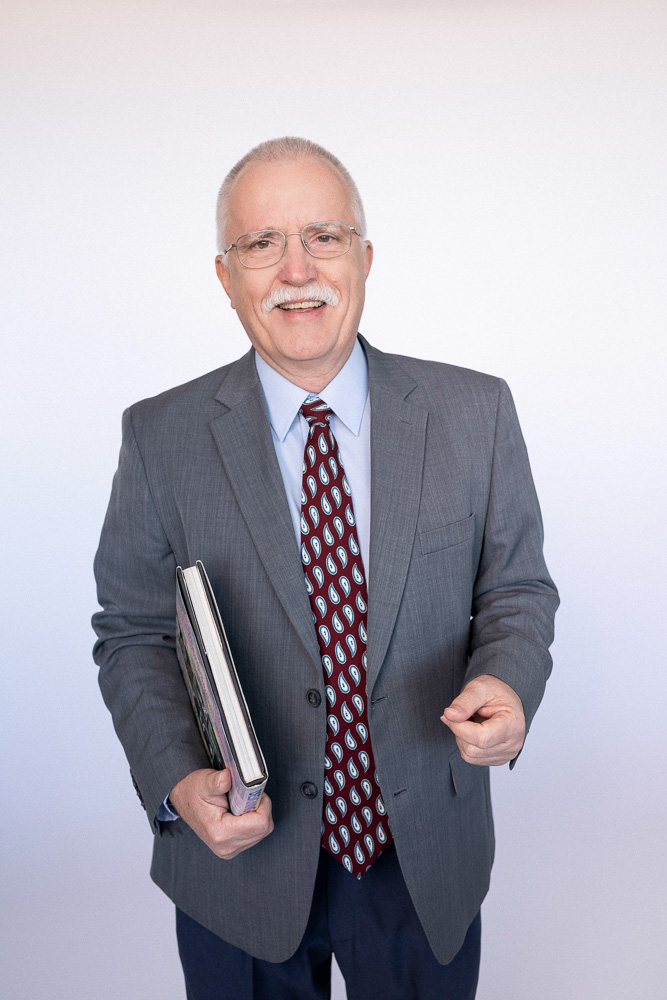
George Shinkle
Professor, UNSW School of Governance and Management
Arch_Manu Role: Executive Committee Member, Theme Lead, and Chief Investigator
George Shinkle is a Professor and AGSM Fellow at UNSW following lengthy business and consulting careers. His expertise is in strategic management. His research investigates strategic goal setting, innovation, strategy, business models, and organisational control – particularly in turbulent environments. George has dedicated much of his international business and academic career to understanding and analysing the technical management, strategic management, and transformation of organisations. George publishes in top tier journals and has been recognised for outstanding facilitation and teaching innovation. George is keen to integrate his years of real-world experience with academic theory to provide relevant, evidence-based guidance to managers.
Links:
UNSW profile
LinkedIn
Professor, UNSW School of Governance and Management
Arch_Manu Role: Executive Committee Member, Theme Lead, and Chief Investigator
George Shinkle is a Professor and AGSM Fellow at UNSW following lengthy business and consulting careers. His expertise is in strategic management. His research investigates strategic goal setting, innovation, strategy, business models, and organisational control – particularly in turbulent environments. George has dedicated much of his international business and academic career to understanding and analysing the technical management, strategic management, and transformation of organisations. George publishes in top tier journals and has been recognised for outstanding facilitation and teaching innovation. George is keen to integrate his years of real-world experience with academic theory to provide relevant, evidence-based guidance to managers.
Links:
UNSW profile
UNSW School of Governance and Management
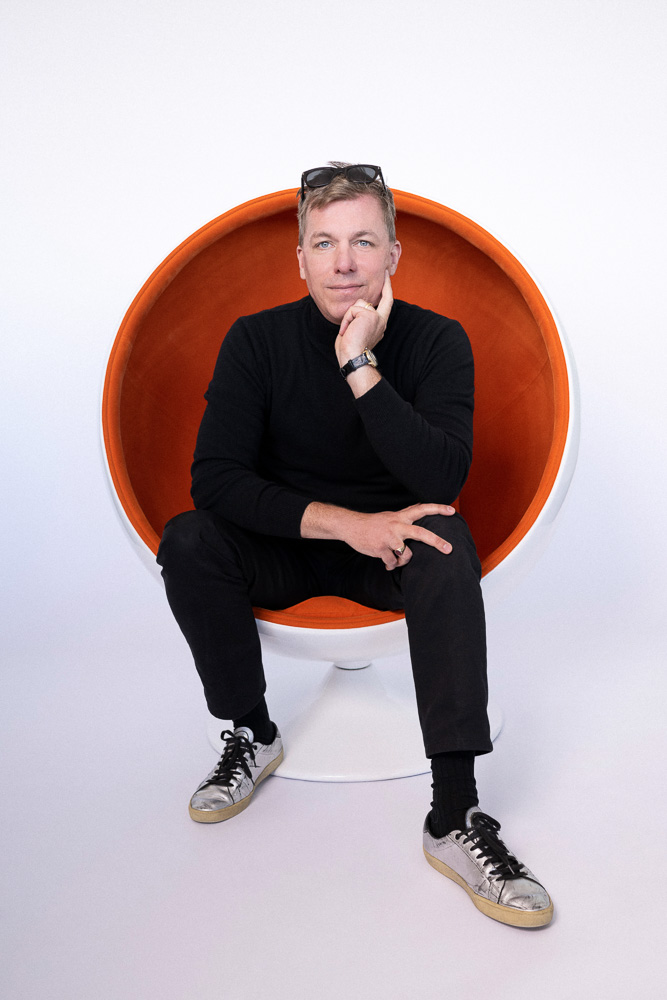
M. Hank Haeusler
Associate Professor, UNSW School of Built Environment
Deputy Director, UNSW AI Institute
Arch_Manu Role: Director
Associate Professor M. Hank Haeusler [Dipl.-Ing. (Fh) / PhD (SIAL/RMIT)] is the Director of Computational Design in the Australian School of Architecture + Design at the University of NSW, Sydney. Haeusler is an internationally recognised researcher, educator, entrepreneur and designer in media architecture, digital technology, interaction design and ubiquitous computing.
He finished his PhD thesis ‘Spatial Dynamic Media Systems’ (VDM publishers, 2010) at SIAL/RMIT University, Melbourne supervised by Professor M. Burry in 2007 and received the RMIT University Research Prize in recognition of the achievement of excellence in a Higher Degree by Research Program assessed in 2008.
He is author of seven books including publications such as: ‘InterChanging – Future Design for Responsive Transport Environments’ (Spurbuch, 2014); ‘New Media Façade – A Global Survey’ (avedition, 2012); ‘Infostructure – A transport research project’ (Freerange Press 2010); ‘Chromatophoric Architecture – Designing for 3D media facades’ (Jovis, 2010); ‘Media Facades – History, Technology, Content’ (avedition, 2009) and over 40 book chapters, journal and conference papers. For his outstanding contribution to the field of media architecture he was appointed for Semester 1 2013 as a Visiting Professor at the Central Academy of Fine Arts, Beijing.
From 2012 Haeusler leads a competitive ARC Linkage Grant investigating how to relieve growing usage pressure on Australian public transport by using user-responsive digital technologies to offer a complementary approach to infrastructure expansion. He has lectured intensively in Europe, Asia, North America and Australia at several universities including SciArc Los Angeles, ETH Zurich, TU Munich, Academy of Fine Arts Stuttgart, University of Hong Kong and the Royal Academy of Fine Arts Copenhagen. He is a board member of the Media Architecture Institute Vienna / Sydney and curated several international summits and exhibitions with the Institute.
Links:
UNSW profile
LinkedIn
Associate Professor, UNSW School of Built Environment
Deputy Director, UNSW AI Institute
Arch_Manu Role: Director
Associate Professor M. Hank Haeusler [Dipl.-Ing. (Fh) / PhD (SIAL/RMIT)] is the Director of Computational Design in the Australian School of Architecture + Design at the University of NSW, Sydney. Haeusler is an internationally recognised researcher, educator, entrepreneur and designer in media architecture, digital technology, interaction design and ubiquitous computing.
He finished his PhD thesis ‘Spatial Dynamic Media Systems’ (VDM publishers, 2010) at SIAL/RMIT University, Melbourne supervised by Professor M. Burry in 2007 and received the RMIT University Research Prize in recognition of the achievement of excellence in a Higher Degree by Research Program assessed in 2008.
He is author of seven books including publications such as: ‘InterChanging – Future Design for Responsive Transport Environments’ (Spurbuch, 2014); ‘New Media Façade – A Global Survey’ (avedition, 2012); ‘Infostructure – A transport research project’ (Freerange Press 2010); ‘Chromatophoric Architecture – Designing for 3D media facades’ (Jovis, 2010); ‘Media Facades – History, Technology, Content’ (avedition, 2009) and over 40 book chapters, journal and conference papers. For his outstanding contribution to the field of media architecture he was appointed for Semester 1 2013 as a Visiting Professor at the Central Academy of Fine Arts, Beijing.
From 2012 Haeusler leads a competitive ARC Linkage Grant investigating how to relieve growing usage pressure on Australian public transport by using user-responsive digital technologies to offer a complementary approach to infrastructure expansion. He has lectured intensively in Europe, Asia, North America and Australia at several universities including SciArc Los Angeles, ETH Zurich, TU Munich, Academy of Fine Arts Stuttgart, University of Hong Kong and the Royal Academy of Fine Arts Copenhagen. He is a board member of the Media Architecture Institute Vienna / Sydney and curated several international summits and exhibitions with the Institute.
Links:
UNSW profile
UNSW School of Built Environment
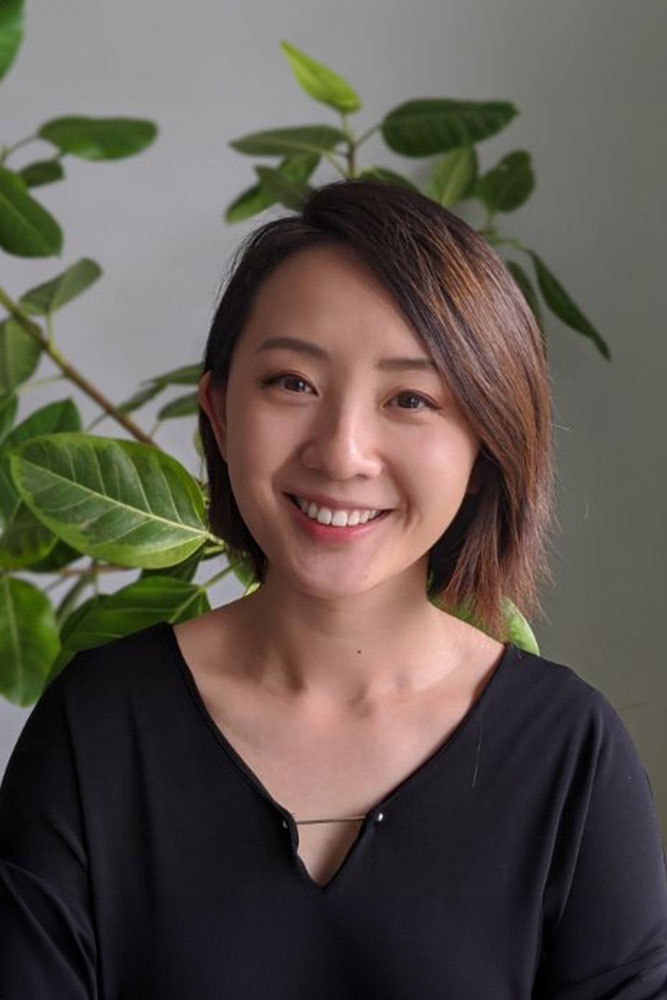
Tzannes

Ivana Kuzmanovska
Arch_Manu Role: Manager
Dr Ivana Kuzmanovska has a background in architectural practice and teaching, and her most recent research explores data-informed pathways towards more sustainable and efficient built outcomes in the construction industry. Ivana is experienced in managing interdisciplinary research teams within a university context, and she has a great track record of industry collaboration in applied research settings. Ivana’s doctoral thesis titled ‘BDfMA: Reframing the Design-Production Relationship in Industrialised Construction‘ won the 2020 Mollie Holman Medal.
Dr Ivana Kuzmanovska is interested in the ways that building design and building production can inform one another to achieve better, more sustainable, and more efficient outcomes. Ivana has spent her career exploring this relationship through architectural research, practice, and teaching.
Prior to joining Arch_Manu, Ivana was a postdoctoral research fellow in the Future Building Initiative at MADA, Monash University. She has experience working on collaborative research projects with industry, and has completed her PhD on DfMA in industrialised construction.
Coming from an architectural background, Ivana has worked in practice locally and abroad; and taught at the University of Sydney and the University of New South Wales.
Links:
LinkedIn
Arch_Manu Role: Manager
Dr Ivana Kuzmanovska has a background in architectural practice and teaching, and her most recent research explores data-informed pathways towards more sustainable and efficient built outcomes in the construction industry. Ivana is experienced in managing interdisciplinary research teams within a university context, and she has a great track record of industry collaboration in applied research settings. Ivana’s doctoral thesis titled ‘BDfMA: Reframing the Design-Production Relationship in Industrialised Construction‘ won the 2020 Mollie Holman Medal.
Dr Ivana Kuzmanovska is interested in the ways that building design and building production can inform one another to achieve better, more sustainable, and more efficient outcomes. Ivana has spent her career exploring this relationship through architectural research, practice, and teaching.
Prior to joining Arch_Manu, Ivana was a postdoctoral research fellow in the Future Building Initiative at MADA, Monash University. She has experience working on collaborative research projects with industry, and has completed her PhD on DfMA in industrialised construction.
Coming from an architectural background, Ivana has worked in practice locally and abroad; and taught at the University of Sydney and the University of New South Wales.
Links:
UNSW School of Built Environment
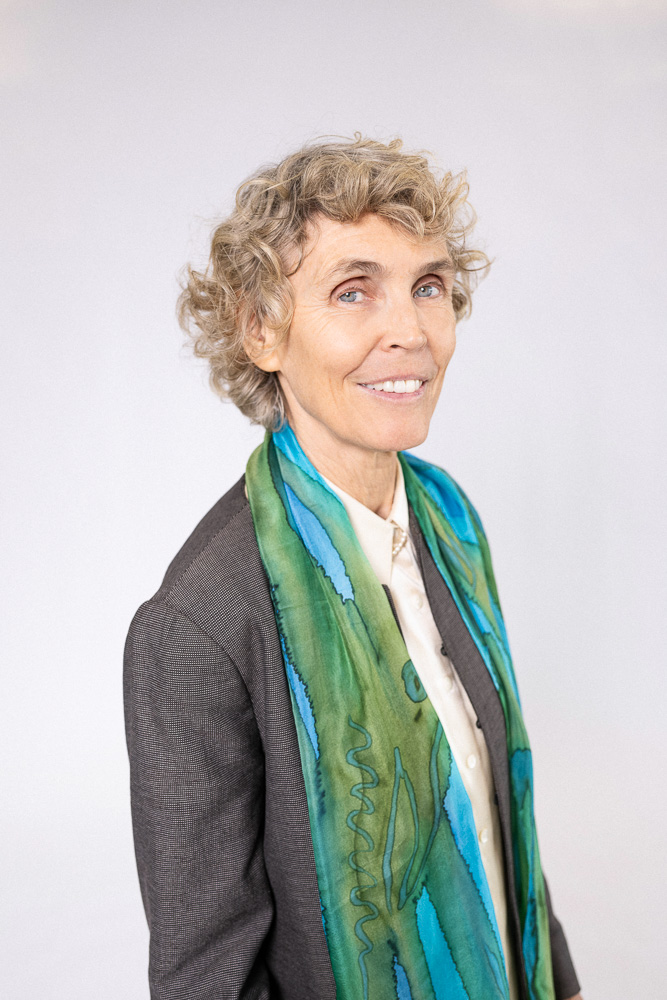
Jane Burry
Professor and Head of School of Architecture and Civil Engineering, University of Adelaide
Arch_Manu Role: Deputy Director, Theme Lead, and Chief Investigator
Jane Burry is an architect, professor and Head of School of Architecture and Civil Engineering, University of Adelaide, Australia, and Deputy Director of the commencing ARC Training Centre for Next Gen Architectural Manufacturing. She is lead author of The New Mathematics of Architecture, T&H, editor of Designing the Dynamic, Melbourne Books, and co-author of Prototyping for Architects, T&H and has over a hundred other publications. Her recent research investigates architectural geometry and materiality in tandem with rich environmental data gathering to fine tune the acoustic, thermal and air flow design of high quality, human-centric environments. She has co-chaired IASS 23, FABRICATE 2020, co-curated the 2018 International Exhibition Dynamics of Air, and co-directs the Smartgeometry organization. Jane has practiced, researched and taught internationally, including involvement as a project architect in the technical office at Antoni Gaudí’s Sagrada Família Basilica with partner Mark Burry, recent Dean of Design and Architecture at Swinburne University and former Director of the Spatial Information Laboratory at RMIT University. Jane is a recent recipient of Australian Timber Design Award, Australian Good Design Award, Gold, ACADIA Excellence in Teaching Award and Robots in Architecture Pioneer Award.
Links:
UoA profile
LinkedIn
Professor and Head of School of Architecture and Civil Engineering, University of Adelaide
Arch_Manu Role: Deputy Director, Theme Lead, and Chief Investigator
Jane Burry is an architect, professor and Head of School of Architecture and Civil Engineering, University of Adelaide, Australia, and Deputy Director of the commencing ARC Training Centre for Next Gen Architectural Manufacturing. She is lead author of The New Mathematics of Architecture, T&H, editor of Designing the Dynamic, Melbourne Books, and co-author of Prototyping for Architects, T&H and has over a hundred other publications. Her recent research investigates architectural geometry and materiality in tandem with rich environmental data gathering to fine tune the acoustic, thermal and air flow design of high quality, human-centric environments. She has co-chaired IASS 23, FABRICATE 2020, co-curated the 2018 International Exhibition Dynamics of Air, and co-directs the Smartgeometry organization. Jane has practiced, researched and taught internationally, including involvement as a project architect in the technical office at Antoni Gaudí’s Sagrada Família Basilica with partner Mark Burry, recent Dean of Design and Architecture at Swinburne University and former Director of the Spatial Information Laboratory at RMIT University. Jane is a recent recipient of Australian Timber Design Award, Australian Good Design Award, Gold, ACADIA Excellence in Teaching Award and Robots in Architecture Pioneer Award.
Links:
UoA profile
University of Adelaide
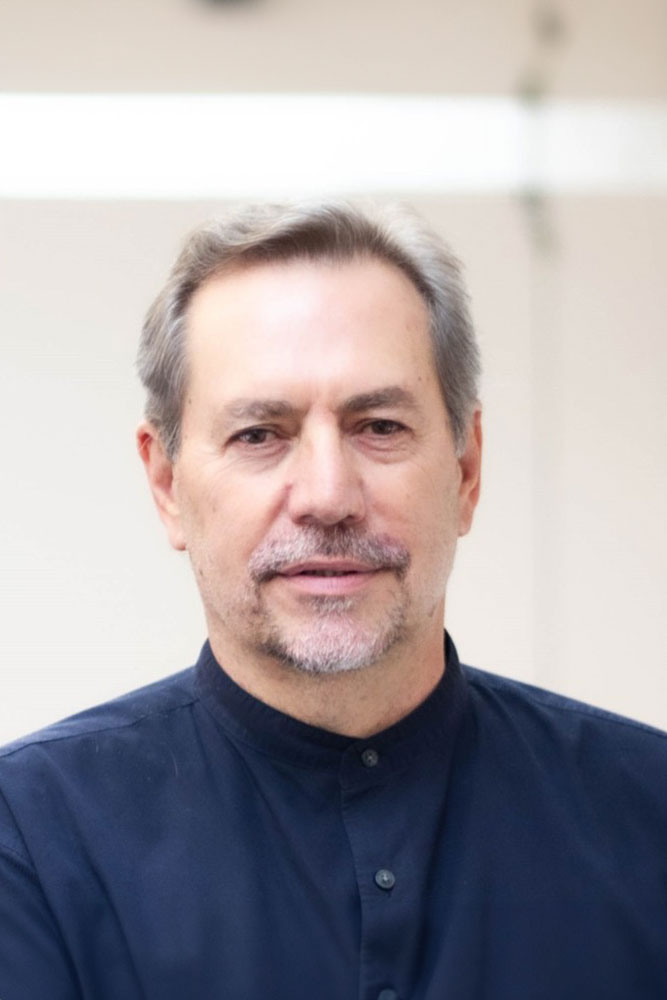
John Ferendinos
Director, COX
Arch_Manu Role: Partner Investigator
John is a Director of COX Architecture, joining the Sydney studio in 2003. John’s excellence as a conceptual designer has led to his involvement in several successful international design competitions. His architectural and urban design experience spans aviation, commercial, cultural, educational, hospitality and residential, with specific expertise in sports, convention and exhibition facilities.
John has played a key role in many high-profile projects, including the Ken Rosewall Arena and Precinct upgrade at Sydney Olympic Park which hosted the inaugural ATP Cup competition, the Point Promenade in Durban South Africa, the Singapore’s Civic District Public Domain for Empress Place and Esplanade Park, the Indonesia International Convention and Exhibition Centre (ICE), Jakarta, the Kaohsiung Exhibition and Convention Centre in Taiwan, the Jubilee Pedestrian Bridge and the Concourse Skyline Apartments both in Singapore.
More recently, John has been Project Leader in the NSW Cricket Centre at Wilson Park in the Sydney Olympic Park and the Centre of Excellence for the NSW Waratahs Rugby at Daceyville and the new Sydney International Speedway located at the Motor Sports precinct within the Western Sydney Parklands.
Links:
LinkedIn
COX Profile
Director, COX
Arch_Manu Role: Partner Investigator
John is a Director of COX Architecture, joining the Sydney studio in 2003. John’s excellence as a conceptual designer has led to his involvement in several successful international design competitions. His architectural and urban design experience spans aviation, commercial, cultural, educational, hospitality and residential, with specific expertise in sports, convention and exhibition facilities.
John has played a key role in many high-profile projects, including the Ken Rosewall Arena and Precinct upgrade at Sydney Olympic Park which hosted the inaugural ATP Cup competition, the Point Promenade in Durban South Africa, the Singapore’s Civic District Public Domain for Empress Place and Esplanade Park, the Indonesia International Convention and Exhibition Centre (ICE), Jakarta, the Kaohsiung Exhibition and Convention Centre in Taiwan, the Jubilee Pedestrian Bridge and the Concourse Skyline Apartments both in Singapore.
More recently, John has been Project Leader in the NSW Cricket Centre at Wilson Park in the Sydney Olympic Park and the Centre of Excellence for the NSW Waratahs Rugby at Daceyville and the new Sydney International Speedway located at the Motor Sports precinct within the Western Sydney Parklands.
Links:
COX Profile
COX
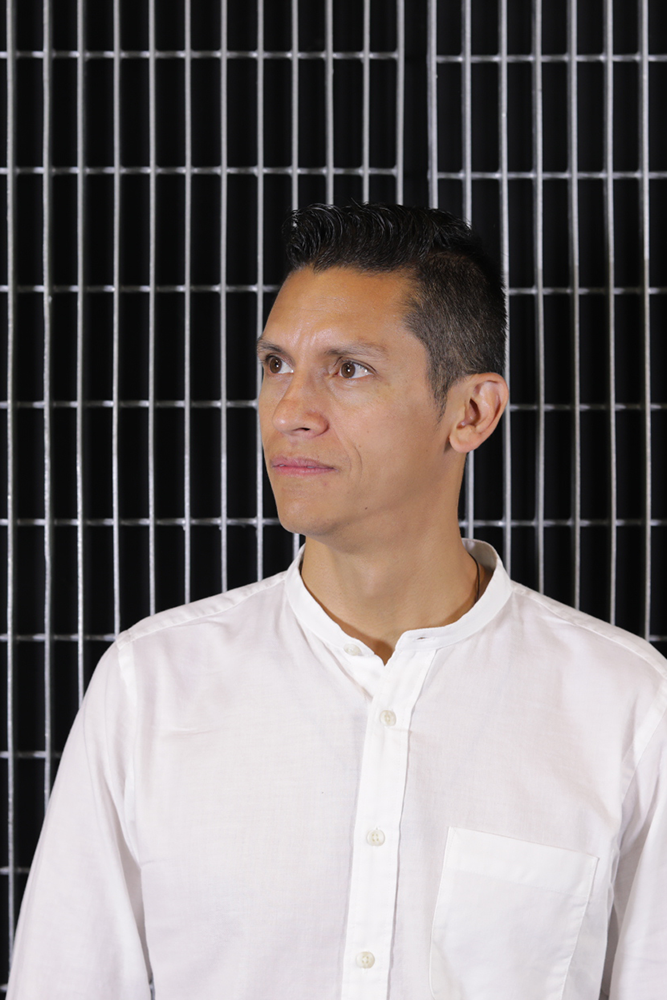
Jorge Mario Castillo Velasquez
PhD Candidate, Swinburne School of Design and Architecture
Analytics Lab – Analytics 4
Jorge Mario Castillo Velasquez is an architect and civil engineer from Colombia with more than two decades of experience in design and construction. After developing and growing his career in Latin America, Jorge moved to Australia to study the Master of Design Innovation and Technology (MDIT) at RMIT School of Design, where his initial passion for design and engineering is expanding to new territories that integrate cutting-edge technology and knowledge into the design and construction process. Jorge believes that the integration of new approaches such as speculative design, Bio-design, interactive design, parametric architecture, and digital fabrication with the use and management of data in the process of design is the future to reach sustainable outcomes and reduce the negative impact of architecture and construction in the environment.
Fun Fact: Jorge Likes Different types of puzzles and can solve the rubix cube.
Links:
Profile
LinkedIn
PhD Candidate, Swinburne School of Design and Architecture
Analytics Lab – Analytics 4
Jorge Mario Castillo Velasquez is an architect and civil engineer from Colombia with more than two decades of experience in design and construction. After developing and growing his career in Latin America, Jorge moved to Australia to study the Master of Design Innovation and Technology (MDIT) at RMIT School of Design, where his initial passion for design and engineering is expanding to new territories that integrate cutting-edge technology and knowledge into the design and construction process. Jorge believes that the integration of new approaches such as speculative design, Bio-design, interactive design, parametric architecture, and digital fabrication with the use and management of data in the process of design is the future to reach sustainable outcomes and reduce the negative impact of architecture and construction in the environment.
Fun Fact: Jorge Likes Different types of puzzles and can solve the rubix cube.
Links:
Profile
Swinburne School of Design and Architecture
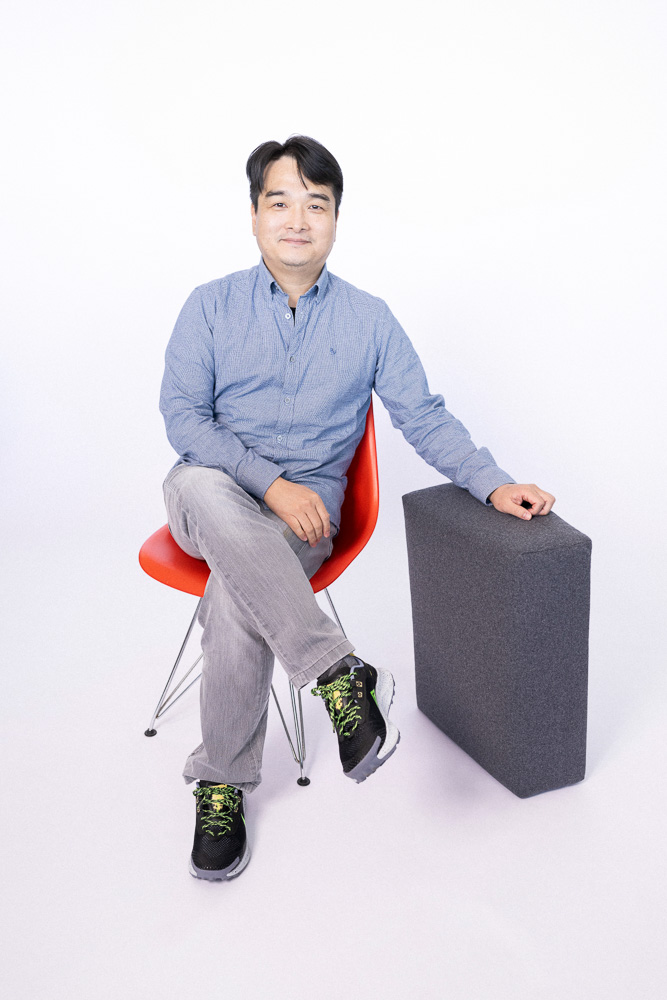
JuHyun Lee
Senior Lecturer, UNSW School of Built Environment
Arch_Manu Role: Chief Investigator
Dr Ju Hyun Lee is a Scientia Fellow and Senior Lecturer in Architecture and Computational Design, UNSW Built Environment, Australia. He has published 80+ research publications and made significant contributions towards research in design computing and cognition. Ju Hyun was invited to become a visiting academic at the University of Newcastle in 2011, where he as a senior lecturer completed five-years of post-doctoral studies in architectural design computing and cognition. He was a senior research fellow at the University of South Australia in 2018. He is co-author with Michael J. Ostwald of Grammatical and Syntactical Approaches in Architecture (IGI Global 2020) and co-author with Michael J. Ostwald and Ning Gu of Design Thinking: Creativity, Collaboration and Culture (Springer 2020).
Links:
UNSW profile
LinkedIn
Senior Lecturer, UNSW School of Built Environment
Arch_Manu Role: Chief Investigator
Dr Ju Hyun Lee is a Scientia Fellow and Senior Lecturer in Architecture and Computational Design, UNSW Built Environment, Australia. He has published 80+ research publications and made significant contributions towards research in design computing and cognition. Ju Hyun was invited to become a visiting academic at the University of Newcastle in 2011, where he as a senior lecturer completed five-years of post-doctoral studies in architectural design computing and cognition. He was a senior research fellow at the University of South Australia in 2018. He is co-author with Michael J. Ostwald of Grammatical and Syntactical Approaches in Architecture (IGI Global 2020) and co-author with Michael J. Ostwald and Ning Gu of Design Thinking: Creativity, Collaboration and Culture (Springer 2020).
Links:
UNSW profile
UNSW School of Built Environment

Jumana Hamdani
PhD Candidate, UNSW School of Information Systems and Technology Management
Management Lab – Management 7
Jumana Hamdani is an architect and a researcher at the Blekinge Institute of Technology, Spatial Planning Department in Sweden, and a technical coordinator in the SESA Project: Smart Energy Solutions for Africa. She holds a Master’s degree in Advanced Computation for Architecture and Design from The Institute for Advanced Architecture of Catalonia (IAAC) in Barcelona and has been a designer of several public and private projects in Asia, Africa, and Europe over the past two decades. A member of the Swedish Architecture Association and the AKBW in Germany, her work lies at the intersection of architecture, urban forms, AI-driven solutions, data-driven, and performative design. Focusing on real-world questions that matter, she integrates digital technologies into traditional practices, aiming for effective strategies for resilient built environments.
Fun Fact: Outside of her professional practice, Jumana enjoys culinary explorations, Fika, walking, and learning from her travels in art and culture.
Links:
Profile
LinkedIn
PhD Candidate, UNSW School of Information Systems and Technology Management
Management Lab – Management 7
Jumana Hamdani is an architect and a researcher at the Blekinge Institute of Technology, Spatial Planning Department in Sweden, and a technical coordinator in the SESA Project: Smart Energy Solutions for Africa. She holds a Master’s degree in Advanced Computation for Architecture and Design from The Institute for Advanced Architecture of Catalonia (IAAC) in Barcelona and has been a designer of several public and private projects in Asia, Africa, and Europe over the past two decades. A member of the Swedish Architecture Association and the AKBW in Germany, her work lies at the intersection of architecture, urban forms, AI-driven solutions, data-driven, and performative design. Focusing on real-world questions that matter, she integrates digital technologies into traditional practices, aiming for effective strategies for resilient built environments.
Fun Fact: Outside of her professional practice, Jumana enjoys culinary explorations, Fika, walking, and learning from her travels in art and culture.
Links:
Profile
UNSW School of Information Systems and Technology Management
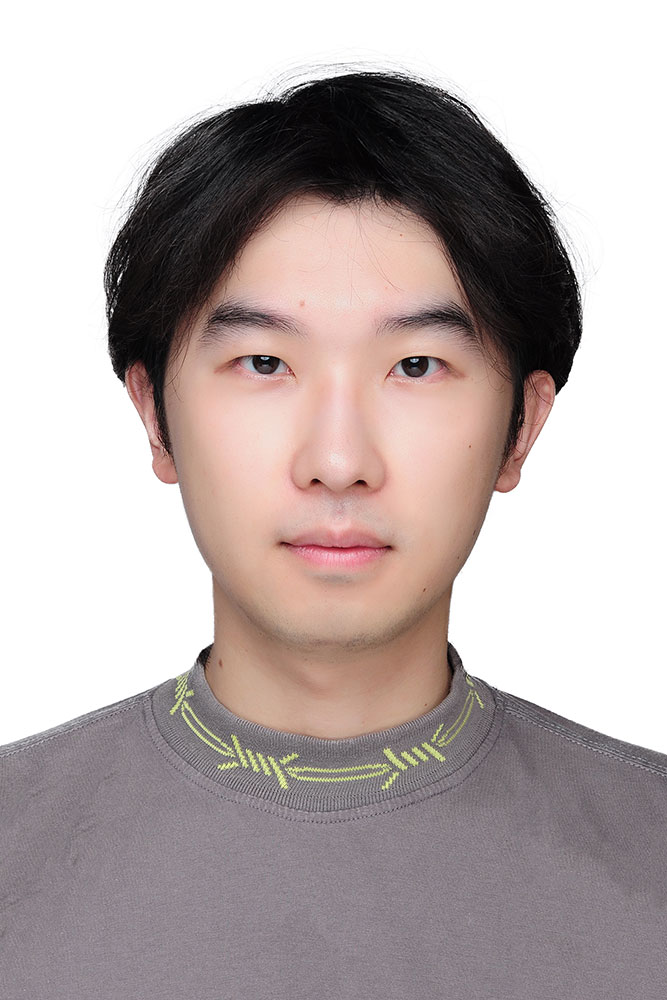
Kaiyu Zhou
PhD Candidate, UNSW School of Built Environment
Analytics Lab – Management 3
Kaiyu is a versatile professional with expertise in sustainable urban design, BIM software design, and product management, holding both Bachelor’s and Master’s degrees in Architecture from China and the United States. Kaiyu’s focus is on BIM systems, digital twins, and user experience design. Notably, he was a finalist and received an honorable mention in the ULI Hines Urban Design Competition. Following graduation, Kaiyu joined a renowned BIM software development company as a product designer, leveraging his expertise to drive product launches and iterations, resulting in a monthly active user base of 1 million.
Fun Fact: Kaiyu is a passionate pet lover and a proud father of two adorable cats. Kaiyu has initiated and established an organization to assist working professionals in pet care, which now boasts over 1,000 patient pet sitters. He is dedicated to creating a community where pets receive the love and attention they deserve.
Links:
Profile
LinkedIn
PhD Candidate, UNSW School of Built Environment
Analytics Lab – Management 3
Kaiyu is a versatile professional with expertise in sustainable urban design, BIM software design, and product management, holding both Bachelor’s and Master’s degrees in Architecture from China and the United States. Kaiyu’s focus is on BIM systems, digital twins, and user experience design. Notably, he was a finalist and received an honorable mention in the ULI Hines Urban Design Competition. Following graduation, Kaiyu joined a renowned BIM software development company as a product designer, leveraging his expertise to drive product launches and iterations, resulting in a monthly active user base of 1 million.
Fun Fact: Kaiyu is a passionate pet lover and a proud father of two adorable cats. Kaiyu has initiated and established an organization to assist working professionals in pet care, which now boasts over 1,000 patient pet sitters. He is dedicated to creating a community where pets receive the love and attention they deserve.
Links:
Profile
UNSW School of Built Environment
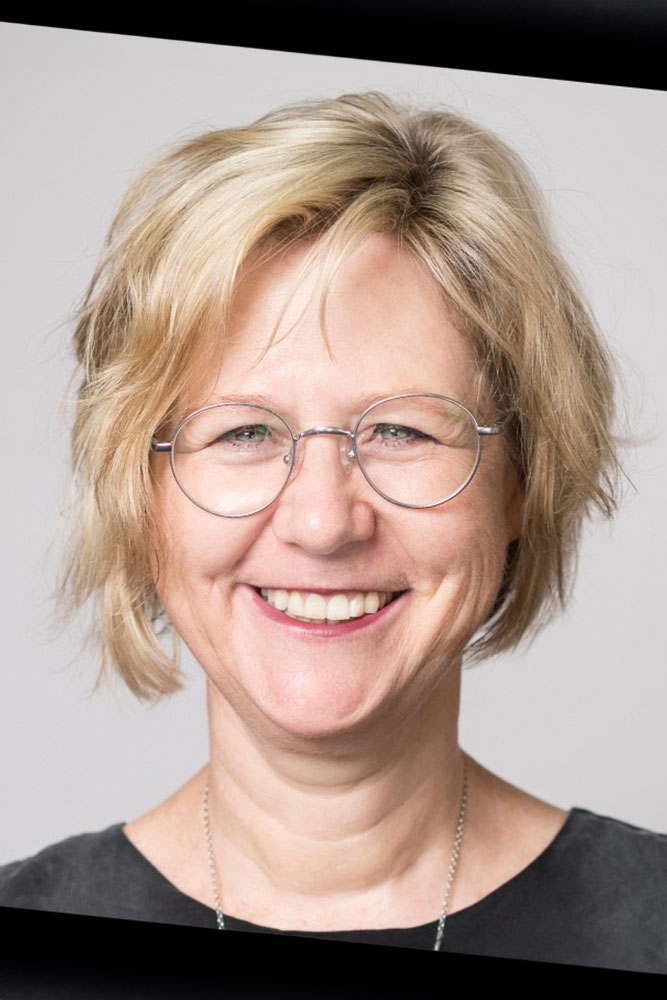
Kathlyn Loseby
Chief Executive Officer, Architects Accreditation Council of Australia
Arch_Manu Role: Partner Investigator
Accomplished CEO / General Manager and leadership manager with strong capabilities in creative thinking, sustainability and change management. A sound business acumen with the ability to streamline and direct an organisation to improve efficiency, profitability and the workplace culture/environment. 30+ years experience with building development process: site feasibility analysis, design development, authority + stakeholder communication, working with user groups, consultant co-ordintion, documentation processes, construction services and programming, successful occupancy and managing budget control.
Completed an MBA(Exec) at the AGSM in 2011, Graduate of the Australian Institute of Company Directors, registered Architect, and previously a Green Building Council of Australia accredited professional.
Links:
LinkedIn
Chief Executive Officer, Architects Accreditation Council of Australia
Arch_Manu Role: Partner Investigator
Accomplished CEO / General Manager and leadership manager with strong capabilities in creative thinking, sustainability and change management. A sound business acumen with the ability to streamline and direct an organisation to improve efficiency, profitability and the workplace culture/environment. 30+ years experience with building development process: site feasibility analysis, design development, authority + stakeholder communication, working with user groups, consultant co-ordintion, documentation processes, construction services and programming, successful occupancy and managing budget control.
Completed an MBA(Exec) at the AGSM in 2011, Graduate of the Australian Institute of Company Directors, registered Architect, and previously a Green Building Council of Australia accredited professional.
Links:
AACA

Luis Riviero Torres
PhD Candidate, Swinburne School of Design and Architecture
Synthesis Lab – Synthesis 6
Jorge Luis Rivero Torres is a Mexican Computational Design Specialist with seven years of architectural experience, seamlessly integrating cutting-edge technologies into diverse projects. Currently at Roth-Architecture in Tulum, he blends digital expertise with craftsmanship, creating tailored workflows, and contributing to the Innovation & Technology team. He collaborated on innovative projects, including the design and planning of the FabLab, leveraging digital fabrication and manufacturing hardware and software. Fluent in English and Spanish, with intermediate proficiency in French, he holds a bachelor’s degree in architecture from the Autonomous University of the State of Mexico and holds a CACB/CCA certification ensuring Canadian education standards. Previously, as Head of Computational Design at Bustamante Arrieta (Revolution), Mexico City, he spearheaded digital technology implementation into practice. With a strong focus on research and development, he has taken part in projects internationally from Mexico to Canada to Saudi Arabia, pushing the boundaries of Computational Design.
Links:
Profile
LinkedIn
PhD Candidate, Swinburne School of Design and Architecture
Synthesis Lab – Synthesis 6
Jorge Luis Rivero Torres is a Mexican Computational Design Specialist with seven years of architectural experience, seamlessly integrating cutting-edge technologies into diverse projects. Currently at Roth-Architecture in Tulum, he blends digital expertise with craftsmanship, creating tailored workflows, and contributing to the Innovation & Technology team. He collaborated on innovative projects, including the design and planning of the FabLab, leveraging digital fabrication and manufacturing hardware and software. Fluent in English and Spanish, with intermediate proficiency in French, he holds a bachelor’s degree in architecture from the Autonomous University of the State of Mexico and holds a CACB/CCA certification ensuring Canadian education standards. Previously, as Head of Computational Design at Bustamante Arrieta (Revolution), Mexico City, he spearheaded digital technology implementation into practice. With a strong focus on research and development, he has taken part in projects internationally from Mexico to Canada to Saudi Arabia, pushing the boundaries of Computational Design.
Links:
Profile
Swinburne School of Design and Architecture
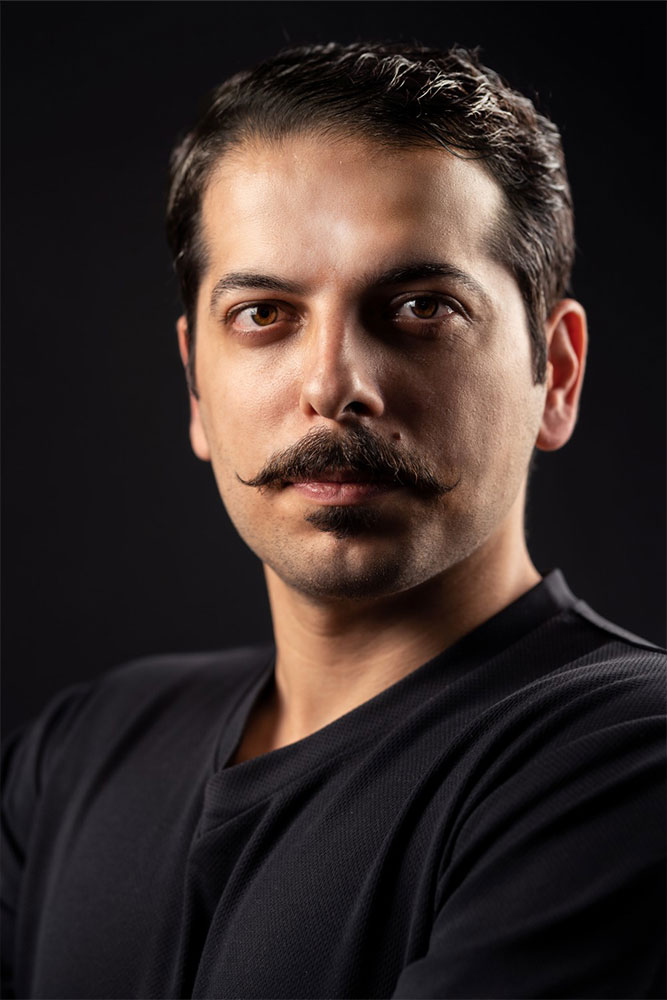
Mahdi (Kyan) Bahrami
PhD Candidate, UNSW School of Built Environment
Synthesis Lab – Synthesis 2
Having a BSc in Architecture and an MSc in IT, Kyan feels confident to tackle a wide range of real-world AEC challenges, employing his competency in novel computer literacy. His research interests span the applications of Computer Vision, Graph ML, Deep Learning, and Generative AI in the AEC context. He is also a staunch proponent of open-source software (e.g., Linux, OpenBIM, etc.). From 2023 to 2024, Kyan was part of the Civil Department of HKUST as a Research Assistant (RA), researching computer vision applications in civil engineering. Having had backgrounds in Art & Design (in BSc), Computer Science (in MSc), and Civil engineering (as an RA), Kyan is irrevocably committed to bridging the gap between AEC and Computer Science and facilitating a symbiotic relationship through interdisciplinary research at their nexus. He never shies away from formative challenges and pursues growth daily with inexhaustible curiosity and perseverance.
Fun Fact: Kyan is a certified boxing coach, who loves working out, learning new languages, and playing video games.
Links:
Profile
LinkedIn
PhD Candidate, UNSW School of Built Environment
Synthesis Lab – Synthesis 2
Having a BSc in Architecture and an MSc in IT, Kyan feels confident to tackle a wide range of real-world AEC challenges, employing his competency in novel computer literacy. His research interests span the applications of Computer Vision, Graph ML, Deep Learning, and Generative AI in the AEC context. He is also a staunch proponent of open-source software (e.g., Linux, OpenBIM, etc.). From 2023 to 2024, Kyan was part of the Civil Department of HKUST as a Research Assistant (RA), researching computer vision applications in civil engineering. Having had backgrounds in Art & Design (in BSc), Computer Science (in MSc), and Civil engineering (as an RA), Kyan is irrevocably committed to bridging the gap between AEC and Computer Science and facilitating a symbiotic relationship through interdisciplinary research at their nexus. He never shies away from formative challenges and pursues growth daily with inexhaustible curiosity and perseverance.
Fun Fact: Kyan is a certified boxing coach, who loves working out, learning new languages, and playing video games.
Links:
Profile
UNSW School of Built Environment
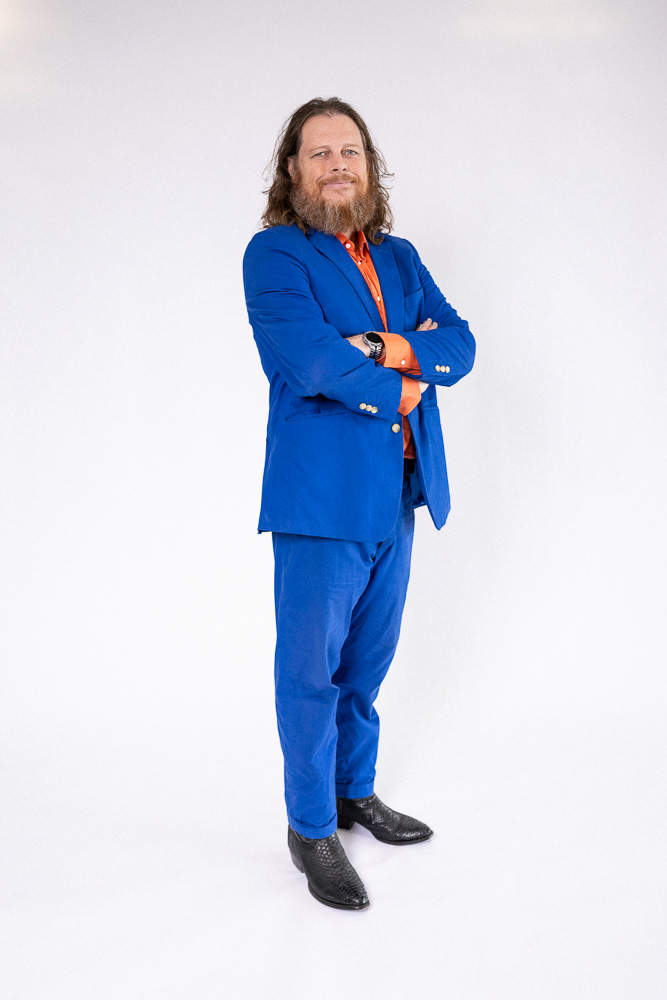
Marcus White
PhD, BArch (Hon 1), RAIA, ARBV
Professor, Swinburne School of Design and Architecture
Arch_Manu Role: Chief Investigator
Prof Marcus White is an award-winning architect and urban designer, director of Harrison and White, Professor of Architecture and Urban Design at Swinburne University of Technology, and the director of the Spatio-Temporal Research Urban Design and Architecture Laboratory in the Centre for Design Innovation.
He has been awarded the RAIA Haddon Travelling Scholarship, the inaugural AIA National Emerging Architect Award for his contribution to practice, teaching and research, the Graham Treloar Fellowship, AIA awards for Residential Alt/Add, Interior Architecture, Sustainable Architecture, Joseph Reed Award for Urban Design, Henry Bastow Award for Educational Architecture, the Melbourne Prize, and the Victorian Architecture Medal, National Urban Design, and the Jackson National Educational Architecture Award.
His design research into urban modelling and new design methods has been widely published and exhibited throughout Australia, North America, Asia and Europe.
Links:
Swinburne University profile
LinkedIn
PhD, BArch (Hon 1), RAIA, ARBV
Professor, Swinburne School of Design and Architecture
Arch_Manu Role: Chief Investigator
Prof Marcus White is an award-winning architect and urban designer, director of Harrison and White, Professor of Architecture and Urban Design at Swinburne University of Technology, and the director of the Spatio-Temporal Research Urban Design and Architecture Laboratory in the Centre for Design Innovation.
He has been awarded the RAIA Haddon Travelling Scholarship, the inaugural AIA National Emerging Architect Award for his contribution to practice, teaching and research, the Graham Treloar Fellowship, AIA awards for Residential Alt/Add, Interior Architecture, Sustainable Architecture, Joseph Reed Award for Urban Design, Henry Bastow Award for Educational Architecture, the Melbourne Prize, and the Victorian Architecture Medal, National Urban Design, and the Jackson National Educational Architecture Award.
His design research into urban modelling and new design methods has been widely published and exhibited throughout Australia, North America, Asia and Europe.
Links:
Swinburne University profile
Swinburne School of Design and Architecture

Markus A. Höllerer
Professor, UNSW School of Governance and Management
Arch_Manu Role: Chief Investigator
Markus A. Höllerer is Professor in Organization and Management at UNSW Sydney as well as Senior Research Fellow in Urban Management and Governance at WU Vienna. His scholarly work focuses on the study of shifting institutional arrangements, social change, collective action in crisis situations, novel forms of organization and governance, digital sustainability, as well as institutions as multimodal accomplishments. His research has been published in outlets such as Academy of Management Annals, Academy of Management Discoveries, Academy of Management Journal, Academy of Management Review, Journal of Business Ethics, Journal of Management Studies, Organization Science, Organization Studies, Public Administration, Strategic Organization, and Urban Studies.
Links:
UNSW profile
LinkedIn
Professor, UNSW School of Governance and Management
Arch_Manu Role: Chief Investigator
Markus A. Höllerer is Professor in Organization and Management at UNSW Sydney as well as Senior Research Fellow in Urban Management and Governance at WU Vienna. His scholarly work focuses on the study of shifting institutional arrangements, social change, collective action in crisis situations, novel forms of organization and governance, digital sustainability, as well as institutions as multimodal accomplishments. His research has been published in outlets such as Academy of Management Annals, Academy of Management Discoveries, Academy of Management Journal, Academy of Management Review, Journal of Business Ethics, Journal of Management Studies, Organization Science, Organization Studies, Public Administration, Strategic Organization, and Urban Studies.
Links:
UNSW profile
UNSW School of Governance and Management
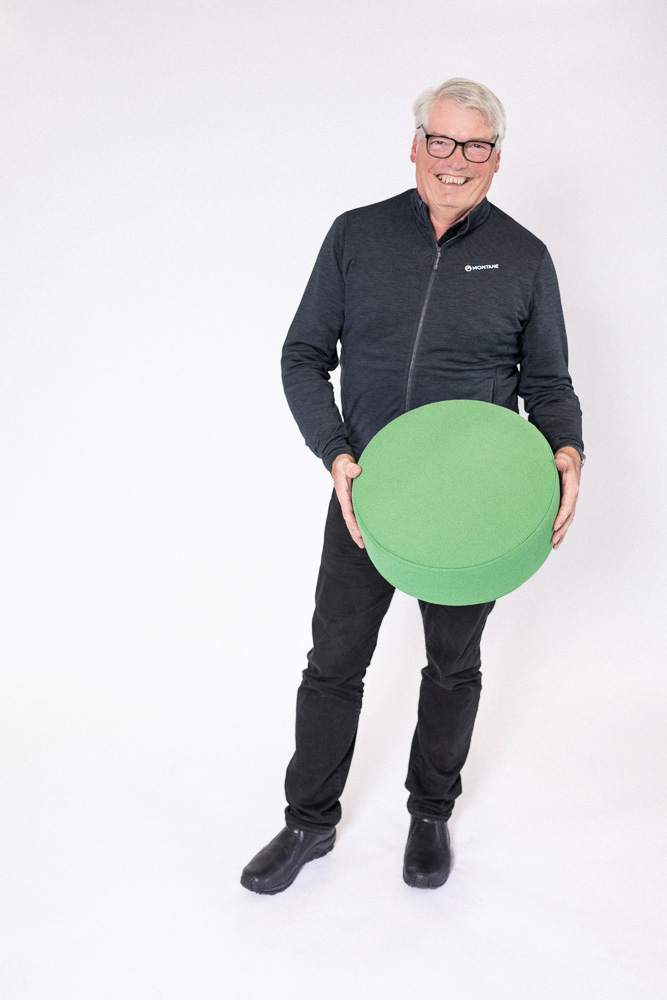
Mark Burry
Professor, Swinburne School of Design and Architecture
Director, Swinburne Smart Cities Research Institute
Arch_Manu Role: Executive Committee Member, Theme Lead, and Chief Investigator
Professor Mark Burry is a professor of Urban Futures and the Director of iHub at Swinburne University of Technology. Mark Burry is the Founding Director for Swinburne University of Technology’s ‘Smart Cities Research Institute’, an appointment he took up in May 2017. His role is to lead the development of a whole-of-university research approach to helping ensure that our future cities anticipate and meet the needs of all – engaged smart citizens for engaging smart cities.
Mark Burry is a practising architect who has published internationally on two main themes: putting theory into practice with regard to procuring ‘challenging’ architecture, and the life, work and theories of the architect Antoni Gaudí. He has been Senior Architect to the Sagrada Família Basilica Foundation since 1979, pioneering distant collaboration with his colleagues based on-site in Barcelona.
In 2001 Mark founded the Spatial Information Architecture Laboratory (SIAL) at RMIT University before establishing the Design Research Institute (DRI) in 2008. He held an ARC funded Federation Fellowship in ‘Complex Architecture and Convergent Design’ 2007-2012. He joined the University of Melbourne in 2014 as Professor of Urban Futures at the Faculty of Architecture, Building and Planning where he helped develop the Faculty’s capacity to consolidate research in urban futures, drawing together and augmenting expertise in urban visualisation, urban analytics, and urban policy.
Links:
Swinburne profile
LinkedIn
Professor, Swinburne School of Design and Architecture
Director, Swinburne Smart Cities Research Institute
Arch_Manu Role: Executive Committee Member, Theme Lead, and Chief Investigator
Professor Mark Burry is a professor of Urban Futures and the Director of iHub at Swinburne University of Technology. Mark Burry is the Founding Director for Swinburne University of Technology’s ‘Smart Cities Research Institute’, an appointment he took up in May 2017. His role is to lead the development of a whole-of-university research approach to helping ensure that our future cities anticipate and meet the needs of all – engaged smart citizens for engaging smart cities.
Mark Burry is a practising architect who has published internationally on two main themes: putting theory into practice with regard to procuring ‘challenging’ architecture, and the life, work and theories of the architect Antoni Gaudí. He has been Senior Architect to the Sagrada Família Basilica Foundation since 1979, pioneering distant collaboration with his colleagues based on-site in Barcelona.
In 2001 Mark founded the Spatial Information Architecture Laboratory (SIAL) at RMIT University before establishing the Design Research Institute (DRI) in 2008. He held an ARC funded Federation Fellowship in ‘Complex Architecture and Convergent Design’ 2007-2012. He joined the University of Melbourne in 2014 as Professor of Urban Futures at the Faculty of Architecture, Building and Planning where he helped develop the Faculty’s capacity to consolidate research in urban futures, drawing together and augmenting expertise in urban visualisation, urban analytics, and urban policy.
Links:
Swinburne profile
Swinburne School of Design and Architecture
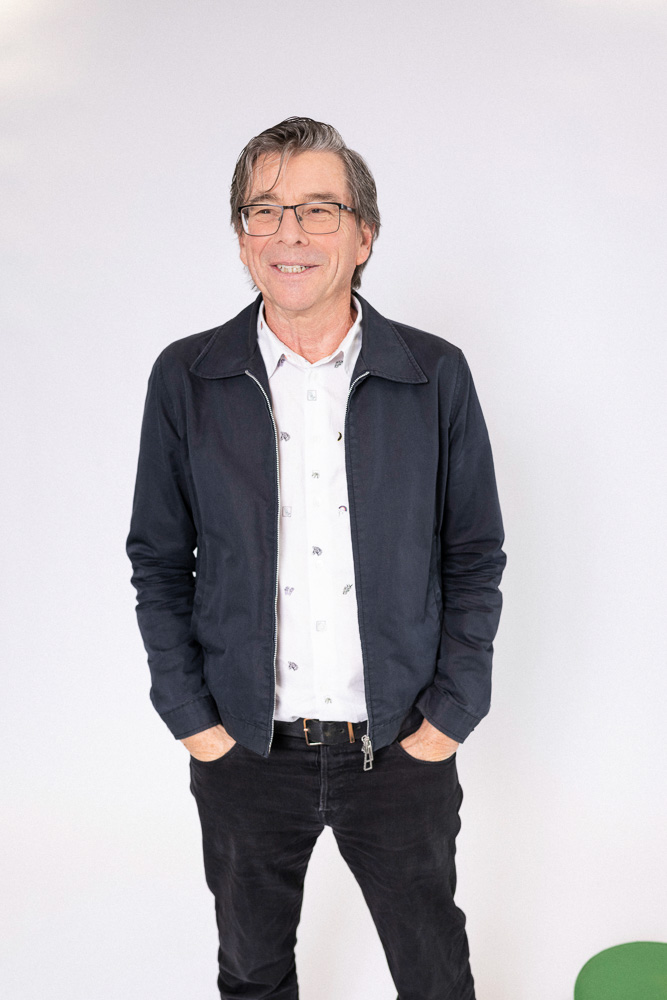
Mark Taylor
Professor, Swinburne School of Design and Architecture
Arch_Manu Role: Theme Lead and Chief Investigator
Mark Taylor is Professor of Architecture at Swinburne University. His primary research focus is the history and theory of the modern architectural interior with an emphasis on cultural and social issues. Mark has led design studios that engage with new technologies, and exhibited designs internationally. He is widely published and has authored and edited several books including Flow: Interiors, Landscapes and Architecture in the Era of Liquid Modernity (Bloomsbury 2018) and Domesticity under Siege: Threatened Spaces of the Modern Home (Bloomsbury 2023).
Links:
Swinburne profile
LinkedIn
Professor, Swinburne School of Design and Architecture
Arch_Manu Role: Theme Lead and Chief Investigator
Mark Taylor is Professor of Architecture at Swinburne University. His primary research focus is the history and theory of the modern architectural interior with an emphasis on cultural and social issues. Mark has led design studios that engage with new technologies, and exhibited designs internationally. He is widely published and has authored and edited several books including Flow: Interiors, Landscapes and Architecture in the Era of Liquid Modernity (Bloomsbury 2018) and Domesticity under Siege: Threatened Spaces of the Modern Home (Bloomsbury 2023).
Links:
Swinburne profile
Swinburne School of Design and Architecture
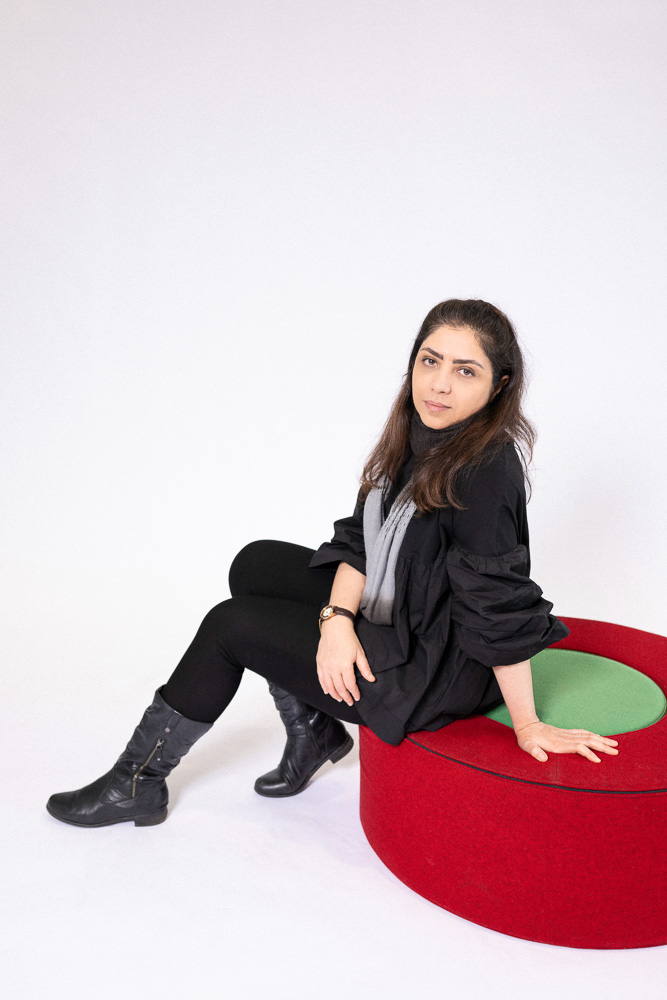
Mehrnoush Latifi
Senior Lecturer, Swinburne School of Design and Architecture
Arch_Manu Role: Chief Investigator
Mehrnoush is a senior lecturer of Architecture and currently the Course Director of Bachelor of Design (Architecture) at Swinburne University of Technology. She was previously Industry Fellow at RMIT for the Master of Design Innovation and Technology (MDIT) program and completed her PhD at Spatial Information Architecture Laboratory (SIAL), RMIT, in 2018. She is an experienced designer with local and international experience in architecture, urban design and interior design across a broad range of scales.
Mehrnoush is leading the multidisciplinary research stream of ‘Smart Skins for Smarter Cities’ as part of ‘Future Urban Infrastructure at Smart Cities Research Institute Smart (SCRI)’. Her areas of expertise and interest include computational design and BIM workflows, multi-sensory and multi-scalar design approaches, virtual and augmented reality techniques, and design with invisible microclimates. Mehrnoush adopts cutting-edge methods, including the use of data and computational tools, to enhance the quality of design in all aspects, ranging from macroscale urban design strategies to microscale smart skin design details.
Her work has been recognized through exhibitions, including Embracing Innovation, Craft ACT 2015 and 2016 in Canberra, “Making the invisible visible”, in Dynamics of Air exhibition, RMIT Gallery 2018, and “the Fireless Skin: Mycelium Biocomposites” in Life and Death for Melbourne Design Week 2020. Her research is driven by her passion for sustainability and her focus on designing invisible microclimates to stimulate all the senses through design of built environment.
Links:
Swinburne profile
LinkedIn
Senior Lecturer, Swinburne School of Design and Architecture
Arch_Manu Role: Chief Investigator
Mehrnoush is a senior lecturer of Architecture and currently the Course Director of Bachelor of Design (Architecture) at Swinburne University of Technology. She was previously Industry Fellow at RMIT for the Master of Design Innovation and Technology (MDIT) program and completed her PhD at Spatial Information Architecture Laboratory (SIAL), RMIT, in 2018. She is an experienced designer with local and international experience in architecture, urban design and interior design across a broad range of scales.
Mehrnoush is leading the multidisciplinary research stream of ‘Smart Skins for Smarter Cities’ as part of ‘Future Urban Infrastructure at Smart Cities Research Institute Smart (SCRI)’. Her areas of expertise and interest include computational design and BIM workflows, multi-sensory and multi-scalar design approaches, virtual and augmented reality techniques, and design with invisible microclimates. Mehrnoush adopts cutting-edge methods, including the use of data and computational tools, to enhance the quality of design in all aspects, ranging from macroscale urban design strategies to microscale smart skin design details.
Her work has been recognized through exhibitions, including Embracing Innovation, Craft ACT 2015 and 2016 in Canberra, “Making the invisible visible”, in Dynamics of Air exhibition, RMIT Gallery 2018, and “the Fireless Skin: Mycelium Biocomposites” in Life and Death for Melbourne Design Week 2020. Her research is driven by her passion for sustainability and her focus on designing invisible microclimates to stimulate all the senses through design of built environment.
Links:
Swinburne profile
Swinburne School of Design and Architecture
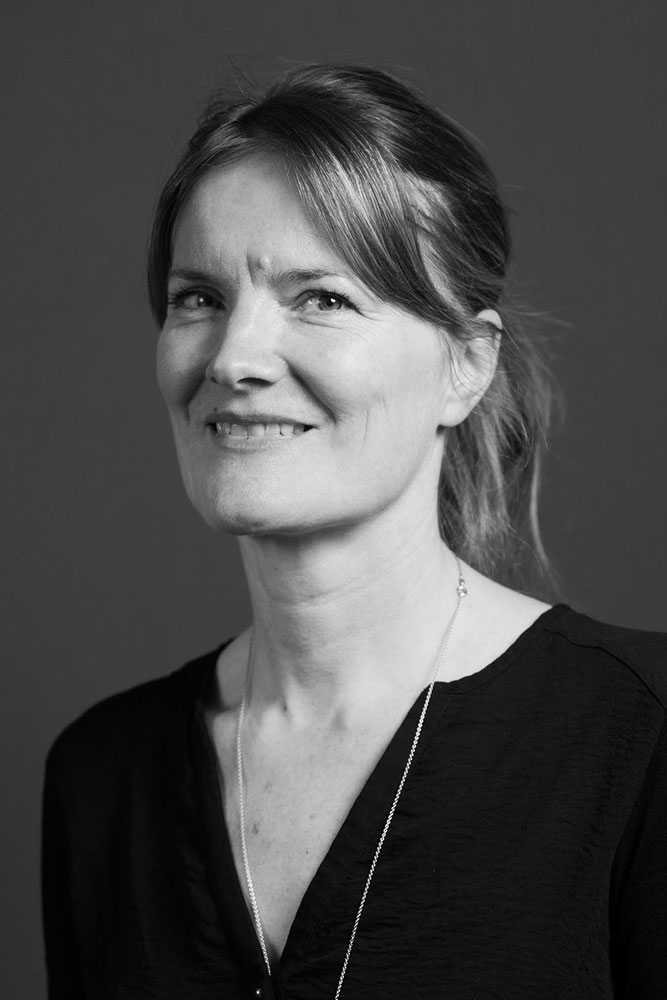
Mette Ramsgaard
Professor, Royal Danish Academy, Centre for IT and Architecture
Arch_Manu Role: Partner Investigator
Mette Ramsgaard Thomsen examines the intersections between architecture and new computational design processes. During the last 15 years her focus has been on the profound changes that digital technologies instigate in the way architecture is thought, designed and built. In 2005, she founded the Centre for IT and Architecture (CITA) research group at the Royal Danish Academy where she has piloted a special research focus on the new digital-material relations that digital technologies bring forth. Investigating advanced computer modelling, digital fabrication and material specification CITA has been central in the forming of an international research field examining the changes to material practice in architecture. This has been led by a series of research investigations developing concepts and technologies as well as strategic projects such as the international Marie Curie ITN network Innochain and the ERC project “Eco-Metabolistic Modelling for Architectural Design” that fosters interdisciplinary sharing and dissemination of expertise and supports new collaborations in the fields of architecture, engineering and fabrication. She is currently General Reporter and Head of Science Track for the UIA2023CPH world congress “Sustainable Futures – Leave no one behind” asking how architecture can contribute to the UN SDGs.
Links:
LinkedIn
CITA Profile
Professor, Royal Danish Academy, Centre for IT and Architecture
Arch_Manu Role: Partner Investigator
Mette Ramsgaard Thomsen examines the intersections between architecture and new computational design processes. During the last 15 years her focus has been on the profound changes that digital technologies instigate in the way architecture is thought, designed and built. In 2005, she founded the Centre for IT and Architecture (CITA) research group at the Royal Danish Academy where she has piloted a special research focus on the new digital-material relations that digital technologies bring forth. Investigating advanced computer modelling, digital fabrication and material specification CITA has been central in the forming of an international research field examining the changes to material practice in architecture. This has been led by a series of research investigations developing concepts and technologies as well as strategic projects such as the international Marie Curie ITN network Innochain and the ERC project “Eco-Metabolistic Modelling for Architectural Design” that fosters interdisciplinary sharing and dissemination of expertise and supports new collaborations in the fields of architecture, engineering and fabrication. She is currently General Reporter and Head of Science Track for the UIA2023CPH world congress “Sustainable Futures – Leave no one behind” asking how architecture can contribute to the UN SDGs.
Links:
CITA Profile
Royal Danish Academy, Centre for IT and Architecture
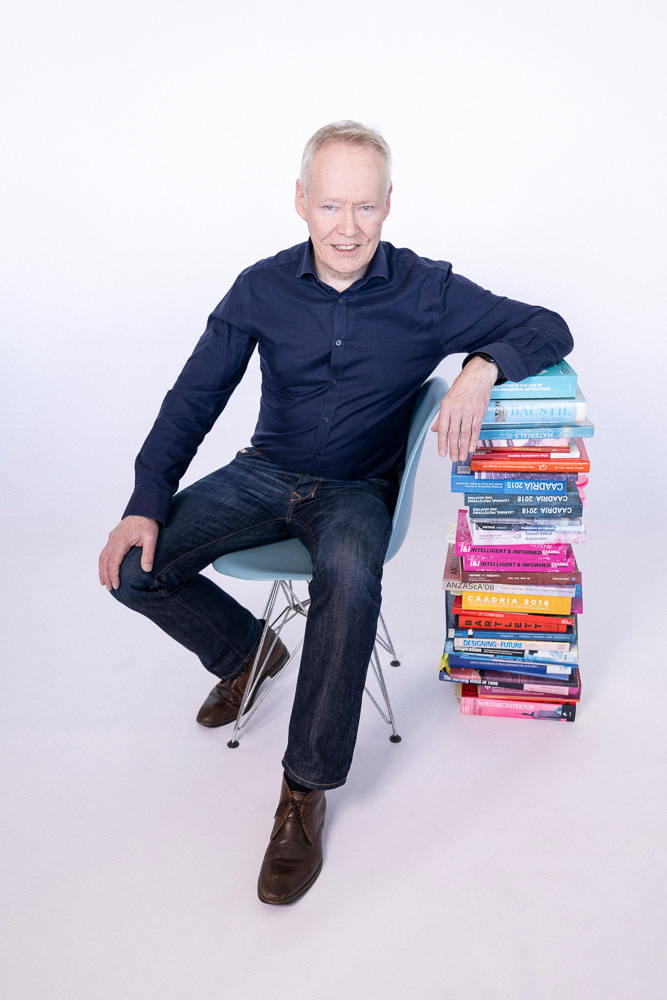
UNSW School of Computer Science and Engineering
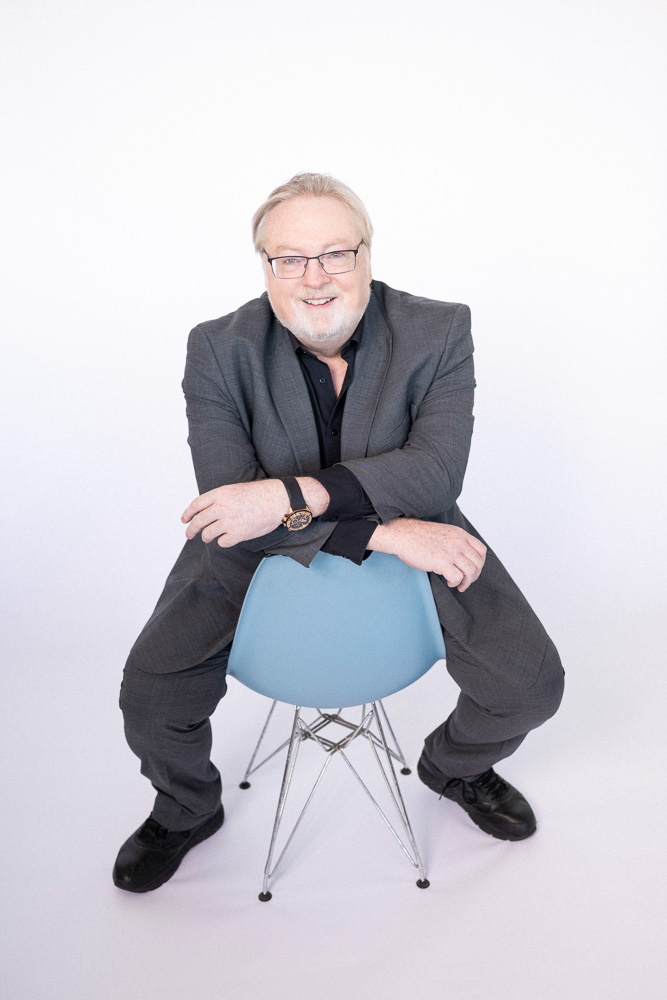
Michael J. Ostwald
Associate Dean (Research) and Professor, UNSW School of Built Environment
Arch_Manu Role: Executive Committee Member, Theme Lead, and Chief Investigator
Michael J. Ostwald is Professor of Architectural Analytics at UNSW, Sydney (Australia). His professional background is in architecture, urban design and legal assessment. He has a doctorate (PhD) in design and a higher doctorate (DSc) in computational analysis. He completed postdoctoral research on geometry and human behaviour at the CCA (Montreal, Canada), UCLA (California, USA) and at the Loeb (Harvard, USA). In 2016, the Australian Institute of Architects awarded him the Neville Quarry Medal for Services to Architecture and in 2017 he was named an EU Distinguished Professor. Michael is Editor-in-Chief of the Nexus Network Journal: Architecture and Mathematics (Springer-Nature).
Links:
UNSW profile
LinkedIn
Associate Dean (Research) and Professor, UNSW School of Built Environment
Arch_Manu Role: Executive Committee Member, Theme Lead, and Chief Investigator
Michael J. Ostwald is Professor of Architectural Analytics at UNSW, Sydney (Australia). His professional background is in architecture, urban design and legal assessment. He has a doctorate (PhD) in design and a higher doctorate (DSc) in computational analysis. He completed postdoctoral research on geometry and human behaviour at the CCA (Montreal, Canada), UCLA (California, USA) and at the Loeb (Harvard, USA). In 2016, the Australian Institute of Architects awarded him the Neville Quarry Medal for Services to Architecture and in 2017 he was named an EU Distinguished Professor. Michael is Editor-in-Chief of the Nexus Network Journal: Architecture and Mathematics (Springer-Nature).
Links:
UNSW profile
UNSW School of Built Environment
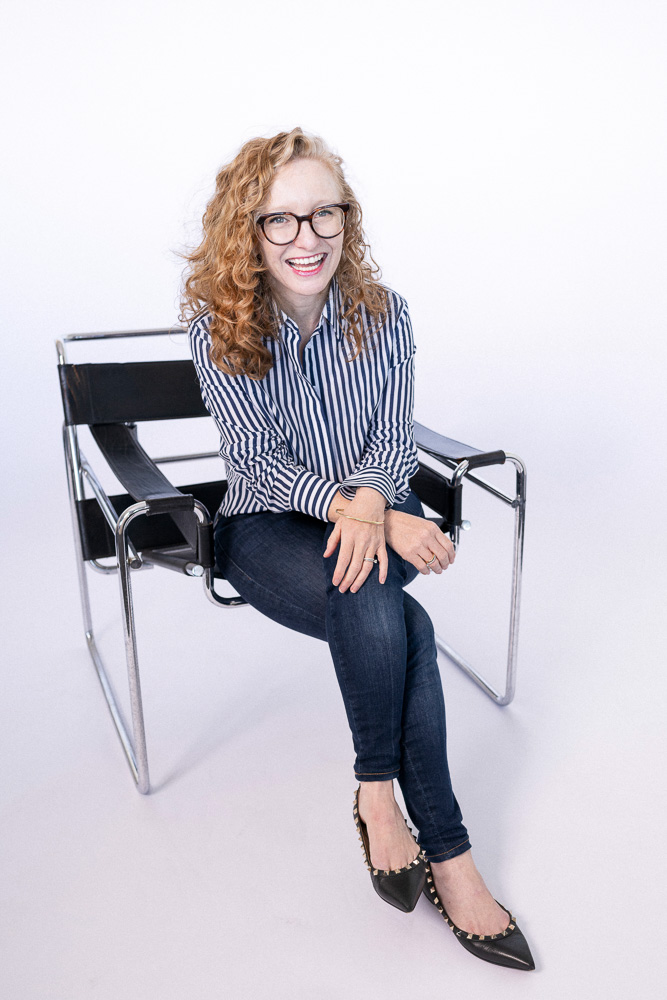
Nicole Gardner
Senior Lecturer, UNSW School of Built Environment
Arch_Manu Role: Chief Investigator
Dr Nicole Gardner is a Senior Lecturer in the School of Built Environment, Faculty of Arts, Design and Architecture (ADA) at UNSW, Sydney, and a Registered Architect (NSW ARB 7921) with over twelve years of project experience in Australia and the United Kingdom. Her research investigates the history and theory of architectural and urban technologies, and digital transformation in the architecture sector through the lenses of organisational learning, labour, and gender. She has co-authored 3 book publications, and over forty peer-reviewed journal articles and conference papers on digital technology innovation in design practice and is the sole-author of the book Scaling the Smart City: The design and ethics of urban technology (Elsevier 2023). Nicole was awarded a Faculty Research Fellowship in 2021 and has won Commonwealth grants for projects on design technology innovation and digital heritage. She is currently a chief investigator for the $9million (AUD) Australian Research Council (ARC) Industrial Transformation Training Centre for Next Generation Architectural Manufacturing. Nicole is a member of the Computer Aided Design Research in Asia (CAADRIA) organisation and is the 2024 CAADRIA conference paper selection committee Chair. Nicole is committed to modes of research and teaching that connect theory and practice and researchers and industry.
Links:
UNSW profile
Senior Lecturer, UNSW School of Built Environment
Arch_Manu Role: Chief Investigator
Dr Nicole Gardner is a Senior Lecturer in the School of Built Environment, Faculty of Arts, Design and Architecture (ADA) at UNSW, Sydney, and a Registered Architect (NSW ARB 7921) with over twelve years of project experience in Australia and the United Kingdom. Her research investigates the history and theory of architectural and urban technologies, and digital transformation in the architecture sector through the lenses of organisational learning, labour, and gender. She has co-authored 3 book publications, and over forty peer-reviewed journal articles and conference papers on digital technology innovation in design practice and is the sole-author of the book Scaling the Smart City: The design and ethics of urban technology (Elsevier 2023). Nicole was awarded a Faculty Research Fellowship in 2021 and has won Commonwealth grants for projects on design technology innovation and digital heritage. She is currently a chief investigator for the $9million (AUD) Australian Research Council (ARC) Industrial Transformation Training Centre for Next Generation Architectural Manufacturing. Nicole is a member of the Computer Aided Design Research in Asia (CAADRIA) organisation and is the 2024 CAADRIA conference paper selection committee Chair. Nicole is committed to modes of research and teaching that connect theory and practice and researchers and industry.
Links:
UNSW profile
UNSW School of Built Environment

Nick Wailes
Professor and Deputy Dean of UNSW Business School
Director, AGSM
Arch_Manu Role: Chief Investigator
Prof Nick Wailes is an experienced higher education professional with a strong track record in research and the development and delivery of highly innovative management education programs.
Links:
UNSW profile
LinkedIn
Professor and Deputy Dean of UNSW Business School
Director, AGSM
Arch_Manu Role: Chief Investigator
Prof Nick Wailes is an experienced higher education professional with a strong track record in research and the development and delivery of highly innovative management education programs.
Links:
UNSW profile
UNSW Business School
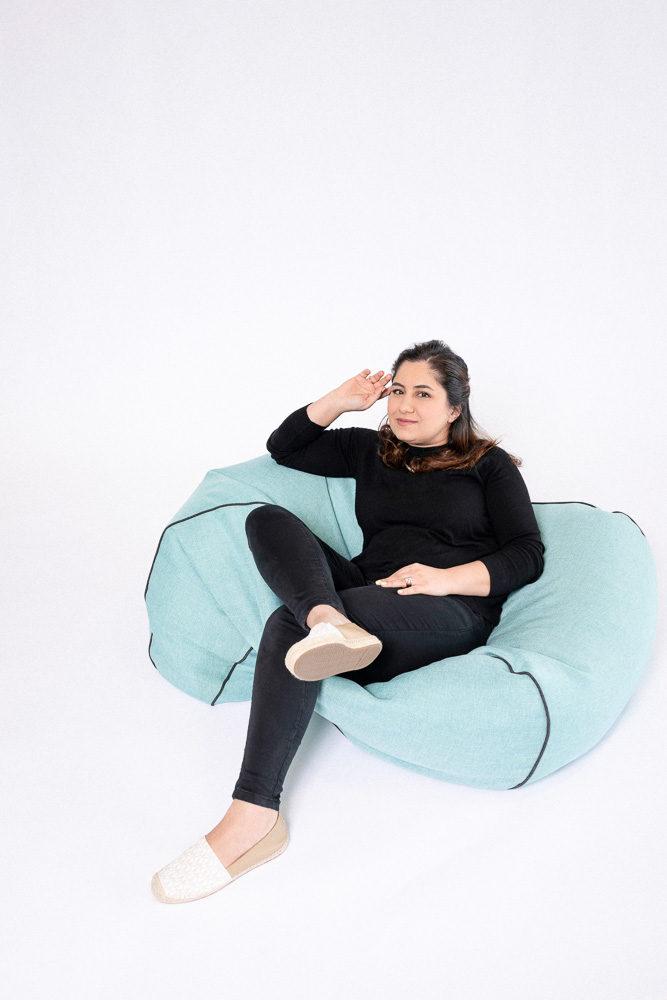
Pantea Alambeigi
Lecturer, Swinburne School of Design and Architecture
Arch_Manu Role: Chief Investigator
Dr Pantea Alambeigi, is a lecturer in architecture at the Swinburne University of Technology. Her research focuses on “Architectural Acoustics” and the mutual interaction of human perception of sound and the built environment. She touches on architecture in a multisensory approach and studies the mutual impact of human perception of a built environment and design performance. Her interdisciplinary research explores and extends the concept of “Seamless Architecture” through computational data-driven design and integrates the architectural emerging technologies and environmental parameters with human behaviour and spatial perception to inform and transform the strategies of a performance-driven design.
Links:
Swinburne profile
LinkedIn
Lecturer, Swinburne School of Design and Architecture
Arch_Manu Role: Chief Investigator
Dr Pantea Alambeigi, is a lecturer in architecture at the Swinburne University of Technology. Her research focuses on “Architectural Acoustics” and the mutual interaction of human perception of sound and the built environment. She touches on architecture in a multisensory approach and studies the mutual impact of human perception of a built environment and design performance. Her interdisciplinary research explores and extends the concept of “Seamless Architecture” through computational data-driven design and integrates the architectural emerging technologies and environmental parameters with human behaviour and spatial perception to inform and transform the strategies of a performance-driven design.
Links:
Swinburne profile
Swinburne School of Design and Architecture
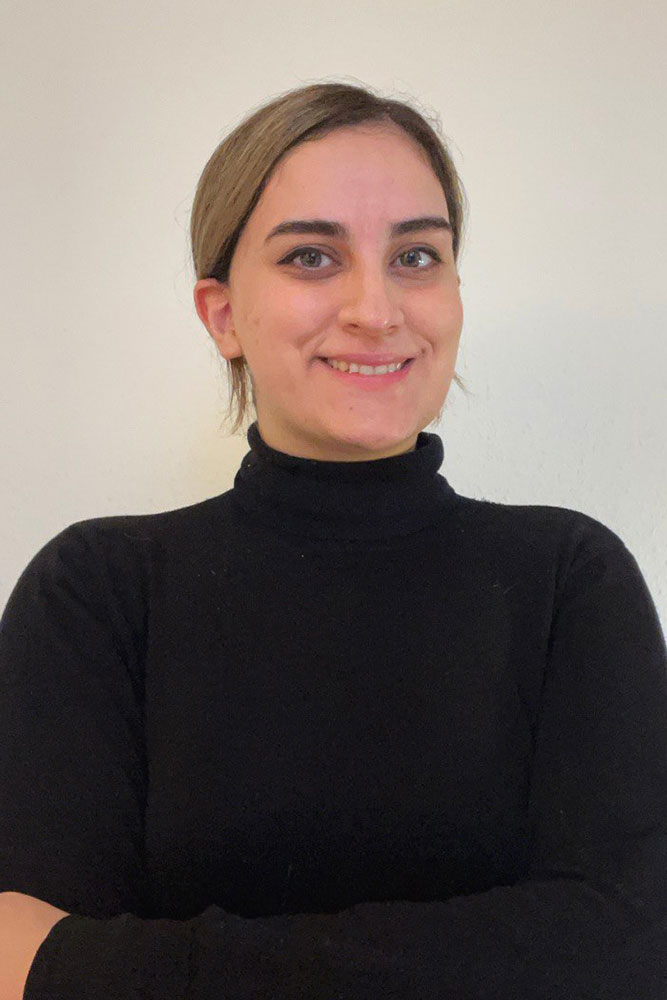
Parto Jahangiri
PhD Candidate, UNSW School of Management and Governance
Management Lab – Management 1
Parto has a Bachelor’s (University of Tehran, Iran) and Master’s (Lund University, Sweden) in Architecture. Based in Sweden, she’s worked as an architect and management consultant in international companies focusing on computational design. Parto’s research will study factors influencing knowledge flows and digital innovation between teams and projects under the supervision of Drs/ Catherine Collins and Nicole Gardner.
Links:
Profile
LinkedIn
PhD Candidate, UNSW School of Management and Governance
Management Lab – Management 1
Parto has a Bachelor’s (University of Tehran, Iran) and Master’s (Lund University, Sweden) in Architecture. Based in Sweden, she’s worked as an architect and management consultant in international companies focusing on computational design. Parto’s research will study factors influencing knowledge flows and digital innovation between teams and projects under the supervision of Drs/ Catherine Collins and Nicole Gardner.
Links:
Profile
UNSW School of Management and Governance

Paul Nicholas
Associate Professor, Centre for Information Technology and Architecture
Arch_Manu Role: Partner Investigator
Associate Professor Paul Nicholas holds a PhD in Architecture from RMIT University, he is interested in computational tools and processes that support new kinds of interdependent designing, thinking and collaborating in architecture and engineering. He co-founded mesne design studio in 2005, and have exhibited in recent Beijing and Venice Biennales.
His current research at CITA explores the idea that new materials might demand new methods.
Our material culture has begun to change. Emerging technologies around both new and traditional synthetic materials have made the precise specification of materials and their properties a possibility. In place of long material familiarities and processes of selection and manipulation, designed materials draw us into the navigation of a less known space, and a new scale of material operations.
For architects, designed material performance is linked to composite materials, and to structures in which material properties are an important addition to geometry in the definition of form. Here, the challenge of designing with and through composite material behaviour points to new kinds of design information and a new kind of design control. But in shifting from a passive given to an active variable, the incorporation of material behaviour adds significant new complexities to the design process. This research explores non-standard models by which to productively engage them.
Specialties: digital design, complex geometries, geometric rationalisation, parametric design, scripting, building performance-based design
Links:
LinkedIn
CITA Profile
Associate Professor, Centre for Information Technology and Architecture
Arch_Manu Role: Partner Investigator
Associate Professor Paul Nicholas holds a PhD in Architecture from RMIT University, he is interested in computational tools and processes that support new kinds of interdependent designing, thinking and collaborating in architecture and engineering. He co-founded mesne design studio in 2005, and have exhibited in recent Beijing and Venice Biennales.
His current research at CITA explores the idea that new materials might demand new methods.
Our material culture has begun to change. Emerging technologies around both new and traditional synthetic materials have made the precise specification of materials and their properties a possibility. In place of long material familiarities and processes of selection and manipulation, designed materials draw us into the navigation of a less known space, and a new scale of material operations.
For architects, designed material performance is linked to composite materials, and to structures in which material properties are an important addition to geometry in the definition of form. Here, the challenge of designing with and through composite material behaviour points to new kinds of design information and a new kind of design control. But in shifting from a passive given to an active variable, the incorporation of material behaviour adds significant new complexities to the design process. This research explores non-standard models by which to productively engage them.
Specialties: digital design, complex geometries, geometric rationalisation, parametric design, scripting, building performance-based design
Links:
CITA Profile
Royal Danish Academy, Centre for IT and Architecture

Sascha Bohnenberger
Lecturer, Swinburne School of Design and Architecture
Arch_Manu Role: Chief Investigator
Sascha Bohnenberger-Fehr is lecturer of Architecture at Swinburne University of Technology. Besides his involvement in research and academia he is also working as Managing Director for Bollinger+Grohmann in Melbourne. Previously he taught in the Undergraduate Program at Royal Melbourne Institute of Technology and was involved as external consultant for design studios at Melbourne University, Monash University, The University of Sydney and the University of New South Wales. He holds postgraduate degrees from University in Kassel and completed his PhD at RMIT Spatial Information Architecture Laboratory in 2013.
Dr. Bohnenberger-Fehr is interested in the design and analysis of complex geometries, interactive systems, digital design processes and the materiality of the built environment. His research focuses on sustainable material systems, future construction technologies and workflows to effectively communicate and collaborate with engineers and architects alike.
He has worked on many award-winning national and international projects such as the Ecole Polytechnique Fédérale de Lausanne designed by SANAA, the Musée des Confluences in Lyon by Coop Himmelb(l)au and the Monash University Business School designed by NH Architecture. His research into the future of fabrication technologies often correlate with his work on sculptures, public artworks and experimental architecture. In projects like the Floe installation for the NGV Triennial in 2018 by Studio Roland Snooks and the Interchange Pavilion at South Eveleigh by Studio Chris Fox, Dr. Bohnenberger-Fehr explores the boundaries between art, architecture and engineering.
He has led and organised workshops at the Rensselaer Polytechnic Institute, University of Kassel, Städelschule Architecture Class in Frankfurt, RMIT, Melbourne University and University of Sydney. His research has been published in journals, conferences and books.
Links:
LinkedIn
Swinburne Profile
Lecturer, Swinburne School of Design and Architecture
Arch_Manu Role: Chief Investigator
Sascha Bohnenberger-Fehr is lecturer of Architecture at Swinburne University of Technology. Besides his involvement in research and academia he is also working as Managing Director for Bollinger+Grohmann in Melbourne. Previously he taught in the Undergraduate Program at Royal Melbourne Institute of Technology and was involved as external consultant for design studios at Melbourne University, Monash University, The University of Sydney and the University of New South Wales. He holds postgraduate degrees from University in Kassel and completed his PhD at RMIT Spatial Information Architecture Laboratory in 2013.
Dr. Bohnenberger-Fehr is interested in the design and analysis of complex geometries, interactive systems, digital design processes and the materiality of the built environment. His research focuses on sustainable material systems, future construction technologies and workflows to effectively communicate and collaborate with engineers and architects alike.
He has worked on many award-winning national and international projects such as the Ecole Polytechnique Fédérale de Lausanne designed by SANAA, the Musée des Confluences in Lyon by Coop Himmelb(l)au and the Monash University Business School designed by NH Architecture. His research into the future of fabrication technologies often correlate with his work on sculptures, public artworks and experimental architecture. In projects like the Floe installation for the NGV Triennial in 2018 by Studio Roland Snooks and the Interchange Pavilion at South Eveleigh by Studio Chris Fox, Dr. Bohnenberger-Fehr explores the boundaries between art, architecture and engineering.
He has led and organised workshops at the Rensselaer Polytechnic Institute, University of Kassel, Städelschule Architecture Class in Frankfurt, RMIT, Melbourne University and University of Sydney. His research has been published in journals, conferences and books.
Links:
Swinburne Profile
Swinburne School of Design and Architecture

Sandra Meng
PhD Candidate, UNSW School of Management and Governance
Management Lab – Management 2
Sandra holds a Bachelor of Arts (Honours) in Business with a major in Human Resource Management from the United Kingdom with First Class Honours. Throughout her studies, she developed a great interest in research, particularly on how global change and digital transformation impact HR and the workforce, causing organisational change and requiring new ways of thinking. Her dissertation was on the integration of AI in HR and examined factors influencing the adoption of new technologies, focusing on the importance of organisational size and level of digital maturity. During her professional experience in consulting and HR compliance, she has gained various perspectives on organisational structures and processes within the private and public sectors. Her work also involved evaluating and decision-making on HR compliance and global mobility issues for organisations across various industries and organisational sizes. She is particularly interested in the future of work, organisational behaviour, and Learning & Development.
Links:
Profile
LinkedIn
PhD Candidate, UNSW School of Management and Governance
Management Lab – Management 2
Sandra holds a Bachelor of Arts (Honours) in Business with a major in Human Resource Management from the United Kingdom with First Class Honours. Throughout her studies, she developed a great interest in research, particularly on how global change and digital transformation impact HR and the workforce, causing organisational change and requiring new ways of thinking. Her dissertation was on the integration of AI in HR and examined factors influencing the adoption of new technologies, focusing on the importance of organisational size and level of digital maturity. During her professional experience in consulting and HR compliance, she has gained various perspectives on organisational structures and processes within the private and public sectors. Her work also involved evaluating and decision-making on HR compliance and global mobility issues for organisations across various industries and organisational sizes. She is particularly interested in the future of work, organisational behaviour, and Learning & Development.
Links:
Profile
UNSW School of Management and Governance
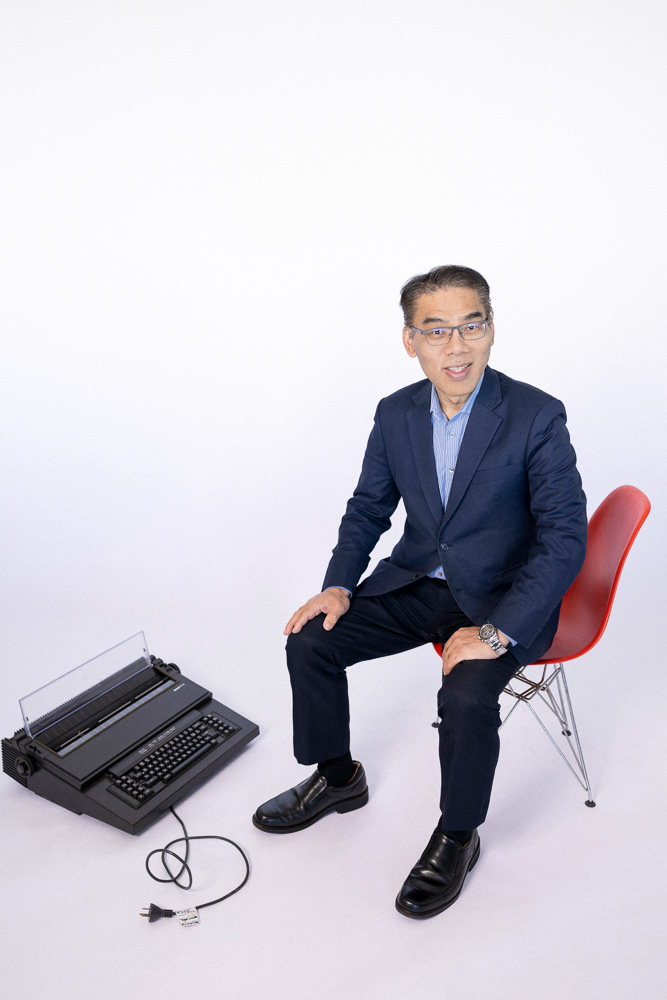
Shan Pan
Deputy Head of School (Research) and Professor, UNSW School of Information Systems and Technology Management
Arch_Manu Role: Chief Investigator
Scientia Professor Shan L Pan is an AGSM Scholar and Deputy Head of School (Research) at the School of Information Systems and Technology Management, UNSW Business School. Shan’s research interest is the enabling roles of digital technologies in innovation and sustainability. He is currently a senior editor for the Journal of AIS and the Journal of Strategic Information Systems. He is the Director of the Digital Sustainability Knowledge Hub (DS Hub), which specialises in research and education on digital sustainability, with a specific aim to contribute to achieving the United Nation’s Sustainable Development Goals (UNSDGs).
Links:
UNSW profile
LinkedIn
Deputy Head of School (Research) and Professor, UNSW School of Information Systems and Technology Management
Arch_Manu Role: Chief Investigator
Scientia Professor Shan L Pan is an AGSM Scholar and Deputy Head of School (Research) at the School of Information Systems and Technology Management, UNSW Business School. Shan’s research interest is the enabling roles of digital technologies in innovation and sustainability. He is currently a senior editor for the Journal of AIS and the Journal of Strategic Information Systems. He is the Director of the Digital Sustainability Knowledge Hub (DS Hub), which specialises in research and education on digital sustainability, with a specific aim to contribute to achieving the United Nation’s Sustainable Development Goals (UNSDGs).
Links:
UNSW profile
UNSW School of Information Systems and Technology Management
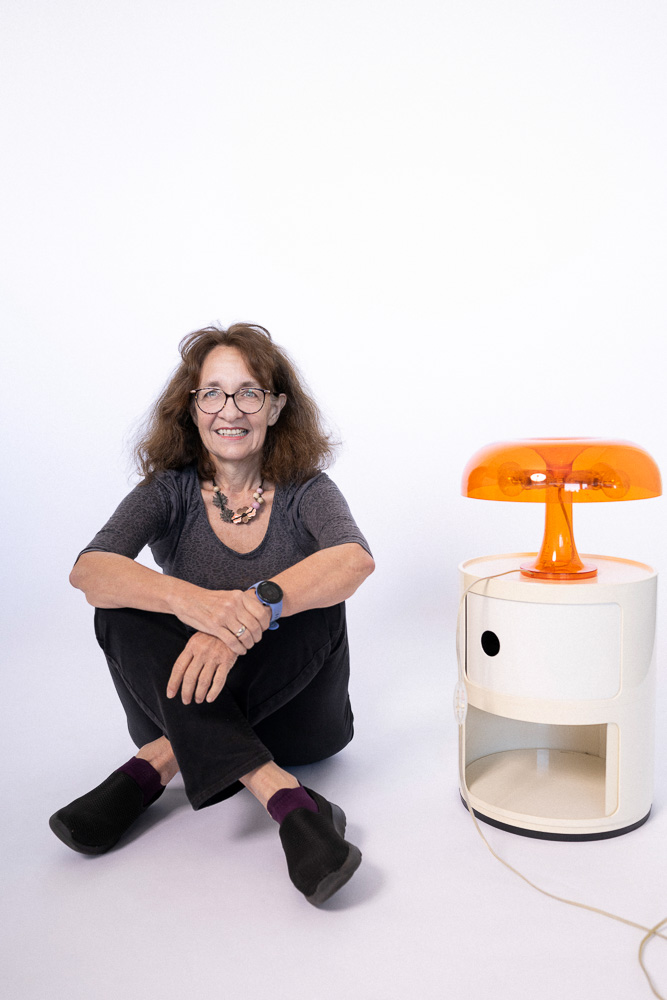
Sisi Zlatanova
Professor, UNSW School of Built Environment
Arch_Manu Role: Executive Committee Member, Theme Lead, and Chief Investigator
Sisi Zlatanova is a SHARP Professor at the School of Built Environment and leading GRID lab. Together with a team of excellent researchers, she advances the 3D capabilities of Spatial Digital Twins by experimenting with new 3D representations, pioneering efficient data storage, developing advanced analytics and 3D simulations and investigating AI technologies for processing of spatial data. She is a member of Australian and International scandalisation bodies responsible for 3D spatial interoperability. Prof Zlatanova served as a leading investigator for grants from Europe, US and Australia. She is an internationally recognised expert and highly cited researcher with more than 500 scientific publications and 22 books.
Links:
UNSW profile
LinkedIn
Professor, UNSW School of Built Environment
Arch_Manu Role: Executive Committee Member, Theme Lead, and Chief Investigator
Sisi Zlatanova is a SHARP Professor at the School of Built Environment and leading GRID lab. Together with a team of excellent researchers, she advances the 3D capabilities of Spatial Digital Twins by experimenting with new 3D representations, pioneering efficient data storage, developing advanced analytics and 3D simulations and investigating AI technologies for processing of spatial data. She is a member of Australian and International scandalisation bodies responsible for 3D spatial interoperability. Prof Zlatanova served as a leading investigator for grants from Europe, US and Australia. She is an internationally recognised expert and highly cited researcher with more than 500 scientific publications and 22 books.
Links:
UNSW profile
UNSW School of Built Environment
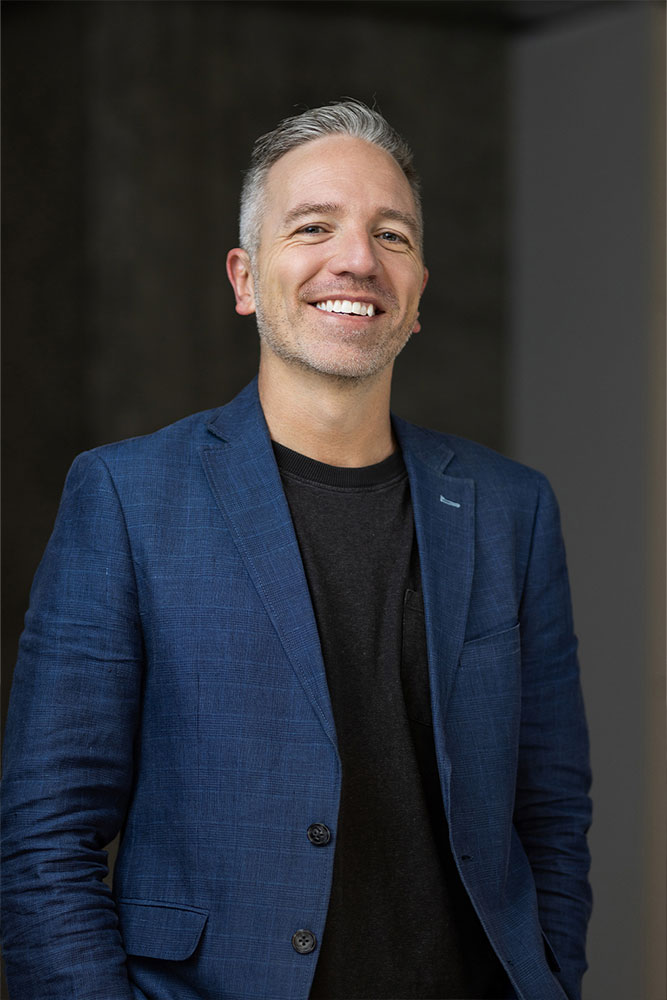
Steve Fox
National Sector Lead Digital Technology, Architectus
Arch_Manu Role: Partner Investigator
As the National Digital Lead at Architectus, Steve assumes the role of a technological innovator. Equipped with a knowledge of advanced technologies, he enthusiastically supports the company’s ambition to be at the forefront of the design industry.
He has expertise in digital implementation, project information management, training, BIM management & Digital Engineering, BIM to FM integration, environmental design, 3D modelling, 3D coordination/clash detection, DfMA, and advanced technologies. Steve is an Autodesk Revit certified professional and holds a buildingSMART professional certification.
Trusted by clients, design professionals, and construction experts alike, Steve consistently implements technical advice appropriate for each project. His commitment to enhancing the design and delivery process reflects his dedication to shaping better places and simplifying the path to their realisation.
Links:
LinkedIn
Architectus Profile
National Sector Lead Digital Technology, Architectus
Arch_Manu Role: Partner Investigator
As the National Digital Lead at Architectus, Steve assumes the role of a technological innovator. Equipped with a knowledge of advanced technologies, he enthusiastically supports the company’s ambition to be at the forefront of the design industry.
He has expertise in digital implementation, project information management, training, BIM management & Digital Engineering, BIM to FM integration, environmental design, 3D modelling, 3D coordination/clash detection, DfMA, and advanced technologies. Steve is an Autodesk Revit certified professional and holds a buildingSMART professional certification.
Trusted by clients, design professionals, and construction experts alike, Steve consistently implements technical advice appropriate for each project. His commitment to enhancing the design and delivery process reflects his dedication to shaping better places and simplifying the path to their realisation.
Links:
Architectus Profile
Architectus

Thuy Trinh (Chloe) Nguyen
PhD Candidate, UNSW School of Information Systems and Technology Management
Management Lab – Management 6
Thuy Trinh (Chloe) is a PhD Candidate at UNSW, specializing in information systems with a research focus on digital transformation, digital sustainability, and lifelong learning. Chloe holds BCom with an Information System major from Macquarie University and MSc in Computing Science (by Research) from University of Glasgow. She has experience as a Research Assistant, contributing to projects such as sustainability analysis, digital transformation and AI-driven technologies. Her expertise extends to multimodal machine learning and action design research.
Fun Fact: Beyond academic pursuits, Chloe engages in crafting, particularly crocheting, and enjoys trekking adventures.
Links:
Profile
LinkedIn
PhD Candidate, UNSW School of Information Systems and Technology Management
Management Lab – Management 6
Thuy Trinh (Chloe) is a PhD Candidate at UNSW, specializing in information systems with a research focus on digital transformation, digital sustainability, and lifelong learning. Chloe holds BCom with an Information System major from Macquarie University and MSc in Computing Science (by Research) from University of Glasgow. She has experience as a Research Assistant, contributing to projects such as sustainability analysis, digital transformation and AI-driven technologies. Her expertise extends to multimodal machine learning and action design research.
Fun Fact: Beyond academic pursuits, Chloe engages in crafting, particularly crocheting, and enjoys trekking adventures.
Links:
Profile
UNSW School of Information Systems and Technology Management
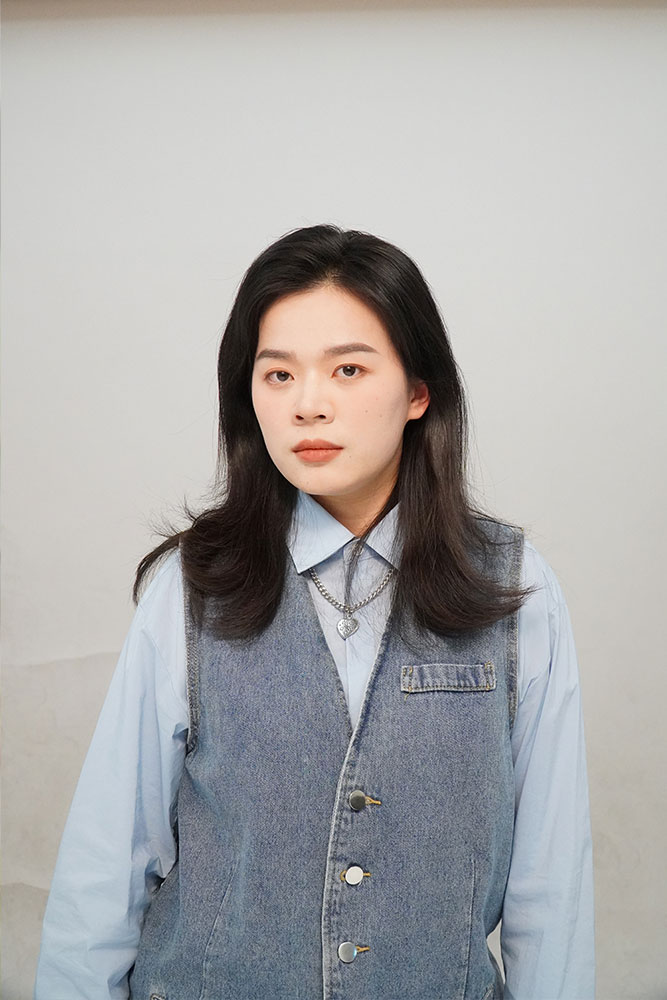
Zhengnan Liu
PhD Candidate, UNSW School of Built Environment
Synthesis Lab – Synthesis 7
I’m Zhengnan, a dedicated architecture student with a rich eight-year journey in the field. My research interest lies in creating healthy cities and smart buildings. My experience spans working in architecture firms and the real estate industry, where I’ve cultivated my skills in design and project management.
Fun Fact: Beyond the studio, I indulge in an active lifestyle, finding solace in activities like swimming. Travel and photography are my other loves, capturing moments from my explorations. I also enjoy building connections and making new friends.
Links:
Profile
LinkedIn
PhD Candidate, UNSW School of Built Environment
Synthesis Lab – Synthesis 7
I’m Zhengnan, a dedicated architecture student with a rich eight-year journey in the field. My research interest lies in creating healthy cities and smart buildings. My experience spans working in architecture firms and the real estate industry, where I’ve cultivated my skills in design and project management.
Fun Fact: Beyond the studio, I indulge in an active lifestyle, finding solace in activities like swimming. Travel and photography are my other loves, capturing moments from my explorations. I also enjoy building connections and making new friends.
Links:
Profile
UNSW School of Built Environment
